Hope CottageAn aptly named cottage on Main Street may be small, but it overflows with the memories, music and the love of Jim and Mary Ann Schnur.
- story and photos by Ellis Anderson Cuz’s Old Town Oyster Bar & Grill
Three generations of a coast family check out the new location of a popular restaurant that's a three-generation operation. The result? An exceptionally satisfying meal.
- story by Lisa Monti, photos by Lisa Monti and Ellis Anderson
Cuz’s is open daily at 108 South Beach Boulevard.
Hours are 11 a.m. to 9 p.m. Monday–Thursday, 11 a.m. to 10 p.m. Friday and Saturday, and 11 a.m. to 8 p.m. Sunday. (228) 467-3707
A bit before the lunch time crush, we settled into a booth overlooking the courtyard seating, which was filling up as quickly as the dining room on this warm weekday with regulars, workers on lunch break, and visitors with shopping bags.
Cuz’s opened last year with a new name to reflect its new beach location – Cuz’s Old Town Oyster Bar & Grill – and polished up the popular seafood-packed menu with some new items like smoked redfish and tuna appetizers, chargrilled oysters, and pastas. The new grilled items are winning raves from customers while the old favorites, like fresh seafood served boiled or fried, are as popular as ever. The seafood is local and it’s cooked fresh. We three generations – my niece Becky Monti Necaise, her daughter Emily, and me – bounced around the menu before settling on our favorites from the poboy section, where there’s no way you can go wrong. One half oyster poboy, one half shrimp and one half roast beef, with shared onion rings and fried sweet potatoes on the side. We waited for our orders while visiting with other customers going in out of the dining room and talked briefly with Christy as she worked her way around the tables, checking to make sure things were flowing smoothly. Cuz’s, she said, is a real family operation with the Barnes daughters and grandchildren playing a part in the day-to-day operation. “So it is definitely a family affair,” Christy said. What’s better at the height of hunger than a properly made poboy on chewy french bread, fried seafood spilling out and dressed modestly with shredded lettuce, tomato slices and crispy pickles? Not much. The shrimp were fresh and tasty, seasoned and fried just right, as were the oysters. The onion rings, something of a rare treat for me, were the crispiest I can remember ever having, and those sweet potato fries were as delicious as any side you could order. The roast beef, Emily reported, was juicy, full of flavor and piled high. The new location in the French Settlement building also gave the owners some room to add offerings for their customers. Frozen daiquiris have been a big hit, and so have the gourmet popsicles handcrafted in small batches by Gulfport-based Pop Brothers. Don’t be surprised if the Cuz’s crew keeps coming up with new things to keep the restaurant fresh for its new and regular customers. A Take on Two Coast Museums
Seasoned reporter and new coast resident John Branston weighs in on two popular visitor attractions - with a fresh perspective.
 George Ohr George Ohr
I had a miniscule part in this deal. In 2003, 2004, and 2005 I was working as a freelance writer for the state of Mississippi Department of Tourism, writing stories for their annual magazine, which printed an astonishing number of copies in the hundreds of thousands and therefore paid an astonishing – by journalism standards – amount of money for a two-week paid vacation from my regular job in Memphis.
The Ohr museum, as it was then called, was just coming to fruition before Katrina hit. My editor had a gentle hand, and advised me to put a little something into the mix along with casinos when I got to the coast. I was one of the wordsmiths who jumped on the “mad potter of Biloxi” with the wild eyes and elegant handlebar mustache as eye candy for my hackneyed travelogue, just as casinos aspire to be more than, well, casinos. As everyone on the coast knows, internationally famous architect Frank Gehry was hired and came up with those stainless-steel pods. Take that, Ocean Springs and Shearwater Pottery! The trouble is, as even an art dilettante like me could foresee, giant pods trump giant pots every time. You can drive by or park in the parking lot and walk around the grounds and admire Mr. Gehry's creations without setting foot inside the main building to see Mr. Ohr's creations. Never mind, said the editor in Tupelo, the story is swell the way it is. Let Biloxi worry about the turnstile count and the balance sheet.
And this is where the O'Keefe name comes in. My guests (and fellow art dilettantes and crossword puzzle buffs) all assumed, as I did the first time, that art works of painter Georgia O'Keefe would be on display along with ceramics. Later on we learned about benefactor Annette O'Keefe. Good citizenship and good marketing, but not enough to make the museum a moneymaker going up against slot machines, singers, and sand. No snarkiness intended, but a benefactor named Elvis Anything might have helped more in the naming department. Believe me, it has worked in Memphis and Tennessee for 40 years.
Which brings me to another museum less than a mile away, the Maritime and Seafood Industry Museum. What a glorious collection of schooners, trawlers, speedboats, and sloops. What a tribute to shrimpers, sailors, shuckers, immigrants, guts, unbelievably hard work, recovery, compassion, and the human spirit.
Worth an hour, an afternoon, a day of a visitor's time. Essential crash course in local history for any newcomer. And a triumph of substance over style and marketing. Off the Road, Along the Beach
Another segment is being added to the popular beachfront walking/biking path, with plans in the works to make Hancock's coast road even more appealing to cyclists and pedestrians.
- story by Laurie Johnson
Allison Anderson of Unabridged Architecture is a longtime member of the Greenways and Scenic Byways Committee. She says that the new section of pathway helps move forward the committee’s long-range goals of offering a quality-of-life amenity for locals and creating a major visitor attraction.
Anderson says that when the new stretch is complete, only two gaps in the off-road trail will exist between the Bay Bridge and Bayou Caddy — a total distance of nearly nine miles. One of those gaps is between the east side of Buccaneer State Park and Lakeshore Road, a distance of 2.25 miles. There’s only seawall there, with no beach to act as a bed for the concrete pathway. The Greenways committee is working toward eventually finding funding for an inland side segment of the path. Currently, pedestrians and bicyclists share the road with motor vehicles. The other gap, about 1.15 miles, is between the east end of the paved pathway at the Washington Street Pier and the foot of the Bay Bridge, at Beach Boulevard and Highway 90. Although a sidewalk extends through that segment that passes through the heart of Old Town Bay St. Louis, building a dedicated bike path isn’t possible because of the seawall and high-density traffic and parking. But Anderson says that the committee has come up with an innovative way to improve cyclist safety in that section. Anderson says the committee is applying for a grant with Transportation of America to fund a cultural signage project along that gap. The signage will actually be in the form of permanent pavement markings designed to raise awareness with motorists about sharing the road. These “road medallions” will be eye-catching and attractive, too, since they’ll be designed by local artists. “This is the road we’ve got, so we’re going to have to make it work,” says Anderson. “And this pavement marking system will allow us to do raise awareness with motorists in a very artistic manner.”
In 2014, local cycling enthusiast Myron Labat formed a group called the Bay Roller Cycling Club. Members of the 11-member group of amateur cyclists are sharing their love of cycling and giving back to the community at the same time.
Labat reports the group secured sponsorships from Hancock Bank, Keesler Federal Credit Union and Coast Electric Power Association to help their fund projects like the Christmas Bicycle Drive. Last year, the Bay Rollers donated 110 bicycles and helmets to local elementary school students. In addition, members educate the recipients on how to operate bicycles around town safely. Kids learn the basic rules of the road and are taught not to get on the roads without an adult rider. Labat says they also encourage parents to continue bicycle safety education as they ride together. Both Anderson and Labat want people to know that Mississippi law requires that motorists leave three feet of space between bicycles and their vehicle. Bike paths create a dedicated space for cyclists, but riders can use the roadways as long as they do so responsibly and safely. Signs are needed in many areas to remind everyone to share the road. For those new to using bike paths, it’s important to know how to coexist safely with cars. Bicycles are allowed to take up the whole bike path lane and should always follow the roadway rules, just like a car. Riders should never be on sidewalks dedicated for pedestrians. Cyclists should follow the same path of travel as cars; biking directly into oncoming traffic is a huge safety risk for the cyclist and motorists. Labat says recreational athletes who enjoy cycling come to Bay St. Louis, Waveland and Lakeshore from across the U.S. because there are low speed roads with relatively low traffic. And the views are fantastic. He notes, “If you have a beach cruiser and your intention is not to go very fast, the bike path is perfect for that.” But road bikes are designed for speed, and Labat says cyclists on those bikes will want to share the road outside of the bike path and can do so safely and responsibly according to state law. Labat says anyone can join their group by finding them on Facebook or contacting him directly at [email protected]. “There’s an old saying that you can’t be mad riding a bicycle.” For more information about biking safety, see the website for the League of American Bicyclists. Ship Island Cruise
A hearty breakfast, a boat ride, a barrier island with a fort and a shore-side restaurant dinner: the perfect Mississippi summer day.
- story and photos by Karen Fineran Common Ground
A small shrine to Our Lady of the Woods has become a touchstone for two girls' schools - together spanning more than a century and a half.
- story by Ellis Anderson
The grotto was built in the 1860s on the grounds of St. Joseph’s Academy, a parochial girls’ school that was just a few years old at the time. St. Joseph’s was started by three hardy French nuns who made the journey across the Atlantic for just that purpose. Classes filled immediately.
According to an excellent article on the Hancock County Historical Society’s website, the presence of the nuns heartened Father Buteux, the pastor of Our Lady of the Gulf Catholic Church. He wrote about their arrival with great enthusiasm in his 1855 diary. Bay St. Louis then was a primitive village. Living conditions would have been Spartan, even by standards of the day, without conveniences like electricity or running water. Yellow fever and other diseases were always a threat. Yet three more nuns arrived the following year. By the 1860s, when the shrine was built, the school began to offer boarding facilities. Board, tuition and washing (of clothes, presumably, not students), cost parents $220 annually in 1867. The grotto was built after a perilous trip Father Buteux made, sailing from France back to the States. Caught in a violent storm that sheered the mast from the schooner, the priest promised to build a memorial to the Blessed Mother if she would spare the ship and its passengers. In those early days of the city, the shrine was set deep in the surrounding woods. St. Joseph’s Academy continued to grow through the years, gaining a national reputation for scholastic excellence. Unfortunately, an enormous fire ravaged much of the town and destroyed the school and the church in 1907.
The plucky nuns rallied with wholesale community support and found funding to build a new school. They and their students moved into an elegant new three-story building in 1908. In 1924 a companion two-story brick building was constructed. Referred to as the gymnasium, it was used for music and other classes as well.
The ultimate demise of St. Joseph’s came from a scarcity of teaching nuns rather than a diminishing student body. The front building that had been built in 1907 was torn down after the school was closed in 1967. According to one graduate, it was an act that came as a shock to the town’s residents and the alumni who cherished the architectural treasure. The gymnasium was destroyed by another fire a few years later. Hurricane Camille in 1969 scoured the grounds. The Our Lady of the Woods shrine was all that remained. A campus that had been one of the prides of the coast no longer existed. And local parents who wanted a parochial education for their daughters had to look elsewhere.
Then, in the aftermath of Camille, a local attorney with four daughters kick-started a drive to establish a new girls’ school at the site of the former. The late Michael D. Haas teamed with the pastor of OLG, the late Msgr. Gregory J. Johnson and Brother Lee Barker, who was principal of St. Stanislaus College prep school at the time.
Haas’s wife, Myrt, calls herself the original naysayer of the project. When the idea was first discussed, she found it difficult to believe such a grand dream could be brought to fruition. But her enthusiasm quickly caught fire. She remembers that the concept had instant “wholesale community support.” Many obstacles had to be surmounted. For instance, the group discovered the new school couldn’t receive accreditation without a science lab, a library, or language courses – things that seemed out of reach with their limited funds. But Father Lee offered to share the facilities at St. Stanislaus, an unprecedented move. Co-educational programming between the all-boys school and the female students at St. Joseph’s had never before been considered. “Our girls learned a lot from the experience,” says Myrt, laughing. “For one, they learned to put on lipstick before they went over to the St. Stanislaus campus.” Myrt says that the main reason the school succeeded was the good attitude of the early students. In those early days, they didn’t have the resources that the public schools did. For example, there was no cafeteria, considered a school basic. “I give the students credit for sticking with it and making it work,” Myrt says. “Those girls made it happen as much as the parents and teachers.”
Current OLA principal Darnell Cuevas, who’s been at the school’s helm for two years, says that the school’s enrollment is nearly up to pre-Katrina levels now, with more than 250 students. The students are excelling academically as well. In 2017, 38 graduates scored in the top tier on standardized college entrance tests and were awarded nearly $5 million in scholarships.
The Our Lady of the Woods grotto has become a historical and spiritual tie between the two academies. It’s a favorite place for group photographs of students, teachers and St. Joseph’s graduates, who reunite often. In May of this year, more than 40 students and teachers from the final class of 1967 gathered for their 50th reunion. The grotto was a favorite meditative spot for Cuevas, even before she began as principal, and she’s eager to see that her younger charges learn the history of the shrine. Both Myrt and Cuevas speak fondly of the legendary caretaker of the shrine, Sister Albertine, who kept the grotto tidy and with a candle burning at its base around the clock, throughout the year, for decades. Myrt tells the tale of wartime sacrifice that kept Sister Albertine from performing her duties. “During World War II, enemy submarines were patrolling the waters of the gulf,” says Myrt. “We had blackouts every night. Lights had to be turned off in houses and buildings. Even cars couldn’t drive the coast roads with headlights.” “The Coast Guard came to St. Joseph’s, saying that they could see the candle at the foot of the shrine more three miles out in the gulf. Sister Albertine had to stop lighting the candle. But just for the time being.” Playing Favorites
Brice Phillips, founder, owner, engineer, station manager, DJ and talk show host at WQRZ 103.5 FM rules the airwaves in Hancock County by merging two passions: communications and community service.
- story and photos by Tricia Donham McAlvain
Listen to WQRZ 103.5 FM anywhere in the country with Tune-In - a free service that doesn't require registration.
And check out the premier "On the Shoofly" radio hour by clicking here. Listen for "On the Shoofly" on the first Wednesday of any month, 11am!
Since Chinese television stations were the only ones available when Brice was growing up in Taiwan, he turned to radio for entertainment, tuning in English-speaking stations from around the world.
As a boy, he was also a frequent visitor at the MARS (Military Auxiliary Radio System) base of operations in Taiwan. At the time, MARS allowed service personnel to connect internationally with family and other service people. At MARS, he learned the inner workings of radio and its power to facilitate communication — especially in emergency situations. Brice also credits his mother for instilling a never-say-die determination. "When you have a sense of accomplishment, you can't stop trying. Mother said never quit. ... One day, you will succeed.” His mother’s advice proved to be true. Today, Brice Phillips is president of Hancock County Amateur Radio Association, Inc. (HCARA). The 501c3 non-profit organization runs both WQRZ (serving Bay St. Louis, Waveland, Diamondhead, and Kiln) and the “station-in-progress,” WQRG, which will serve the wider Diamondhead area. Due to his extraordinary community contributions during and after Hurricane Katrina, in 2006 Brice was awarded the Small Business Administration’s Phoenix Award for Outstanding Contributions to Disaster Recovery by a Volunteer. That same year, he also garnered the Mississippi Governor’s Award for Volunteer Excellence. Brice has called Bay St Louis home for more than 26 years, moving to the coast from Slidell. Former Bay St. Louis mayor Les Fillingame contracted with him as a bench technician to repair VCRs, radios and other electronics. His first job at a local radio station was with WBSL AM in Bay St Louis. When Brice was hired, WBSL was off the air because of a broken transmitter. After repairing the transmitter, he moved on to a popular coast rock station. Working late nights on weekends as a DJ gave him on-air experience - until he violated protocol by playing a song not on the playlist. That experience merely reinforced Brice’s belief in freedom of speech. Determined to launch his own radio station, Brice’s father cosigned a loan for his first transmitter. It became the workhorse for WQRZ 103.5 FM. In the early days, the transmitter was powered by solar panels. After Hurricane Katrina, Brice used car batteries to keep it going so he could inform his desperate listeners during the storm and in the long aftermath. Deciding to stay on the air during Katrina reflects Brice’s dedication and his first-hand knowledge of how important communications can be during severe weather. During the storm, WQRZ was only off-air for 90 minutes while Brice was fighting the hurricane to swap out antennas during the unprecedented tidal surge. He was one of 35 early responders who had gathered at the emergency operations center in Bay St. Louis. When the water in the building started rising, the situation looked so dire that the rescue workers wrote their assigned numbers on their own hands to make identification easier for compatriots in case they drowned. He hasn’t missed a beat since the storm. The station has been on the air 24/7 ever since. Internet streaming allows listeners around the world to tune in. (Click here to stream from "Tune In," a free site that doesn't require to sign up). WQRZ offers programming about gardening, politics, and community news. Every weekday, during the two-hour Morning Show, Brice and his volunteers read news from the local papers, connecting with residents who may be disabled or economically challenged, and with those who just like to hear neighborly voices. The music playlist varies with the day of the week. There’s Local Monday, for instance, when area musicians and singer-songwriters are featured. Blues Tuesday, Free Speech and World Wednesday (keeping listeners abreast of local civic meetings), Jazz Thursday and Rock-n-Roll Friday keep listeners entertained through the week. Music from the ’70s and dance music are Saturday favorites, while Sunday is “Album Therapy,” starting with gospel, moving on to albums and ending with relaxing new age music: “The floaty stuff,” Brice says.
"Brice amazes me every day,” says Jennifer Sones, WQRZ volunteer of seven years. “He can take something that is nothing and build anything.”
Lynn Smith, a WQRZ volunteer of five years, explains the general philosophy. "The station maintains the ability to play anything possible, including 8-tracks, reels, cassettes, and vinyl. We have no rules other than those of the FCC. We also hold a ham radio license for official communications.” "People are lost without communication,” Brice says. “Information is the key that binds our community together. I’ll do this for the rest of my life.” “Rock on, dudes!” Who to Believe?
|
|
I recently went shopping with friends to a number of our favorite thrift shops and found a long linen coat, a sweater, two shirts and three dresses. All of the items fit and I bought them.
For non-thrift store afficianados, the first piece of advice I have for you is to avoid shopping by size. You may miss some great buys that way. The coat I bought was a size 6, the sweater was a medium; one shirt was an XS, and the other a large. The first dress I bought was a 6, the second was a 2, and the third was a 0. Really? A zero? That is absurd. This is Deena Shoemaker. She is a teen counselor and a frustrated buyer of women’s clothing. These are the photos she posted on her Facebook page to illustrate a point. Clothing sizes make no sense. Her travails were written up the in Business Insider. |
Mind, Body, Spirit
|
How did we get in this predicament?
Before ready-to-wear, there was made-to-measure. Measurements were made, patterns cut and sewn, and clothing fitted. Who knew or cared what “size” they were? In 1939, the U.S. Department of Agriculture (USDA) began a yearlong study titled “Women’s Measurements for Garment and Pattern Construction.”
Working with the Bureau of Home Economics under a federal grant, they studied the weight and 58 body measurements of 14,698 women across seven states in the U.S. Once the final data was collated, statisticians analyzed the results and determined that five measurements were sufficient to determine the size and shape of a woman: weight, height, bust girth, waist girth and hip girth.
Weight was quickly dismissed as a measurement, analysts reasoning that “retail stores and homes frequently do not have scales and it is conceivable that women would object to telling their weights more than to giving, say, their bust measurements.”
Just a few of the biases included limiting the USDA study to white women, and the suggestion, after all the work was done, to recommend that mass manufacturers only produce every second clothing size. The study was completed in 1953 and published as “Commercial Standard (CS) 215-58.”
In 1970 the commercial standards were updated, partially in recognition that few women actually had an hourglass shape. In 1939 it was estimated that many women fit this mold, maybe due to restrictive undergarments, and now the percentage is about 8 percent. The new standards were voluntary for manufacturers.
With no real restrictions, retailers were limited only by their imaginations, and garments started to be labeled with smaller sizes. By 1983 the voluntary standards were gone, and all that is left is size numbers.
Someone Who Mattered
|
When someone you love dies, people irritate you. Friends especially. Lots of them do, anyhow.
Here is a for-instance. The ones who come up and ask you what stage of grief you are in are beyond irritating. “What stage are you on?” was how I always answered. Grief may have stages but they are in such a constant muddle that anger bleeds into denial that may, in an hour or so, morph into bargaining or depression, and so on and so on. Some wag once said that everything learned in sociology is either obvious or untrue. How obvious and true. |
Across the Bridge
|
Many wanted to compare their own grief with mine, as if we were in a global grief competition. When my mother died, they’d begin, meaning well and telling best how to cope, irritating beyond belief. Or, someone might recall with misty eyes, when my husband died 30 years ago, I swore never to remarry and have not. Bully.
They congregated on my porch and ate and drank and laughed, all in the name of keeping me company. I wanted desperately to be alone. They left me alone when I wanted company. Fools, fools, fools.
Everyone had an opinion about honoring the dead. Some lobbied for marble, replete with dates, else The Almighty would not know the deceased was deceased. In-laws and friends wanted some of the ashes to feel more a part of the sorrow. I resisted.
I wanted to scatter most of Don’s ashes by myself in the Atchafalaya Swamp. I thought it fitting. His happiest hours were in that swamp. By himself.
Problem was, I had a plan but no boat. But I knew someone who did.
I drove all day from North Mississippi to Henderson, La., straight to the home of a friend who did not irritate me. Not then, not ever.
Greg Guirard was standing in his yard as if we’d had an appointment. I told him my mission. “I’ll take you to a pretty place,” he said. That was it.
The pretty place was Bayou Benoit. Greg had a houseboat bobbing there. He disappeared, not literally, but leaving me alone to the most private of tasks. I don’t remember that he said a word. No intrusive or sentimental claptrap worthy of Hallmark. No suggestions about moments of silence. No toasts. Certainly no prayers.
Greg got us back to the landing and my truck before dark.
When Greg died last month, I mourned again. This time I find myself on the irritating side of the grief equation. He was a man who meant so much to so many people that I want to grab strangers by the lapels and tell my Greg stories, to explain his worth again and again. Now I am the noise.
What was there about his calm presence that inspired so many? He taught literature, wrote books, took countless swamp photos, fought environmental battles against oil companies with his fellow crawfishermen. He reclaimed sinker logs, made beautiful cypress furniture, planted oak and cypress trees, lived simply, honored his elders, had an amazing sense of humor and was one of the best-read men I’ve ever known. And he helped a widow scatter her husband’s ashes.
But none of that exactly explains why he will be remembered when so many of us will not.
It is tempting – and irritating – to make a dead Greg into a super hero.
“Greg,” I once said to him while tagging along to check crawfish traps. “You are a beacon of contentment.”
“I’m a beacon of Lexapro,” he retorted.
He was the most guileless of heroes, the most modest of men.
For my money, it was mainly this that made Greg Guirard unforgettable: He knew when to stop talking and listen. His deafness made him bend forward as if he wanted to hear everything you might utter. As if yours was the most important voice, not his.
And now, I perhaps have sated your curiosity about a giant of a man. I will take a page from Greg and from here on remember him in silence.
A Newcomer's Reconciliation
- by Ellis Anderson
Love Lasts Longer With Pets in the Picture
|
The Human-pet companion bond is what I write about. For thousands of years we have been in partnership with you. The beginnings of our long association were in helping you hunt, or destroying vermin who ate stored food. Gradually the relationships grew. Today we are recognized as service animals and faithful, loving companions.
Dogs are used to help people with post-traumatic stress disorder, and as guides for people who cannot see and who need companions to help them live independently. One of our specialties is acting as catalysts for communication and social interaction. We help teach children responsibility, and are often the only listeners who do not judge young people or adults. Much research and anecdotal data points to what we animals bring to relationships with people. |
Puppy Dog Tales
|
The Association for Psychological Science reported that a group of psychological scientists, with James K. McNulty of Florida State University leading, developed a method for helping marriages that is not a surprise to me: pictures of puppies and bunnies.
Then they showed the participants a slide show once every three days for six weeks. Half were photos on a split screen with the spouse and positive images and words like incredible and wonderful. Half saw the split screen with neutral photos of things like chairs and neutral words.
Every two weeks for eight weeks the researchers measured attitudes and asked them how they felt about their spouse.
What this study measured was based on the concept of evaluative conditioning, which simply means identifying something or someone with a feeling, good or bad, that sticks with the something or someone.
You may have experienced this, for example, when you’ve eaten something, gotten sick, and forever hated that food. Another example happens when you identify a memory with a song. You hear a song, and you go back to a place or a time, maybe with a certain person.
The intervention worked, and marital satisfaction was improved. James McNulty and his associates were a little surprised at how effective the images were. McNulty was quoted as saying, “It was like they went on 13 artificial good dates.” I am not surprised at the results — nothing is better than puppies and bunnies.
The overall takeaway is that you associate friends, spouses, siblings, and coworkers with positive and negative thoughts and experiences that will influence relationships. Let us be a part of the positives in your relationships. Not only looking at pictures of puppies and bunnies, but also having them in your life will make your relationships more satisfying.
Just another way we make your lives better! Keep your tail high and your feet dry and think aboutadopting a pet from the shelter.
Compretta Insurance Agency
- by Ellis Anderson
A Darker Sort of Vision
|
Three dystopian novels have climbed to the top of Amazon’s bestseller list since the recent presidential election. George Orwell’s novel 1984 was first published in 1949. According to USA Today, recent use of the term “alternative facts” led to a renewed interest in the novel.
The Handmaid’s Tale by Margaret Atwood and It Can’t Happen Here by Sinclair Lewis joined 1984 on the bestseller list. This strong interest in dystopian fiction prompted me to investigate its popularity. Merriam-Webster dictionary defines a dystopia as a place where people lead dehumanized and fearful lives. It is the opposite of utopia, a place of ideal perfection especially in law, government, and social conditions. The first use of the word utopia is attributed to Sir Thomas More, who wrote a socio-political satire in 1516 titled Utopia. |
Bay Reads
|
Studying the timeline of dystopian fiction is useful in order to understand its popularity today. A guide to the history of dystopian fiction was posted by Patrick Brown on Goodreads in 2012. From the 1930s through the 1960s, dystopian literature was inspired by World War II, fascism, and communism. Controlling governments, loss of freedom, and the possibility of mass destruction were the inspiration for these classics:
Brave New World by Aldous Huxley (1932)
It Can’t Happen Here by Sinclair Lewis (1935)
1984 by George Orwell (1949)
Fahrenheit 451 by Ray Bradbury (1950)
Lord of the Flies by William Golding (1952)
On the Beach by Nevil Shute (1957)
A Clockwork Orange by Anthony Burgess (1962)
The second wave of dystopian fiction was concerned with identity politics and its anxiety about the human body. Novels from this period include:
The Handmaid’s Tale by Margaret Atwood (1985)
V is for Vendetta by Alan Moore & David Lloyd (1988)
The Children of Men by P.D. James (1992)
Never Let Me Go by Kazuo Ishiguro (2005)
Young Adult dystopian novels feature strong central characters in extreme circumstances. The phenomenal success of The Hunger Games trilogy spawned a multitude of novels that showcase a young hero or heroine successfully fighting against authoritarianism. Teens may worry that they face a dark, chaotic world with perpetual wars and ecological disasters. Dystopian fiction provides young people with exemplars of bravery who rise above adversity. Examples of the genre, which are often written as series, are:
The Hunger Games (2008) by Suzanne Collins
Divergent by Veronica Roth (2011)
The Giver by Lois Lowry (1994)
Uglies by Scott Westerfeld (2005)
The Maze Runner by James Dashner (2009)
The Unwind Dystology by Neal Shusterman (2009)
Other dystopian literature that I recommend for good writing and compelling stories include:
The Lorax by Dr. Seuss (1971): This “children’s book” features a warning of the effects of environmental degradation.
The Road by Cormac McCarthy (2006): Awarded the 2007 Pulitzer Prize, this book
tells the story of a man and his son’s journey after surviving an unspecified catastrophe destroys almost all life on earth.
Station Eleven by Emily St. John Mandel (2014): After a pandemic kills most of the world’s population, a troupe of traveling actors makes their way across the Great Lakes in search of survivors.
American War, a debut novel by Omar El Akkad (2017): This chilling book takes place in 2075 and presents a second civil war in an America facing environmental destruction and societal collapse.
Stories of disaster and misery may not appeal to every reader, but there are reasons for their popularity. Many are well written with intricate plots and admirable characters. Through them we see aspects of our own society, but the elements are more extreme. It’s interesting to imagine how we would react were we placed in similar circumstances.
There is anxiety in today’s society and a concern for our future. Stories of dystopian societies make readers aware that average people can be heroic and find solutions to problems.
New Day in the Bay
- story and photos by Ellis Anderson
| On June 6, the voters of Bay St. Louis hired on a team of mayor and seven councilmen who will serve them for the next four years. The eight officials took their oaths of office before a full house on June 30 at the Bay St. Louis Community Hall (with the exception of Gene Hoffman who was unable to attend and was sworn in at the June 22nd city council meeting). They officially commenced their jobs at 12.01 a.m., July 1. The first city council meeting for these new officials is slated for 5:30 p.m., Wednesday, July 5. The Shoofly was able to contact most of the officials the week before they took office. All expressed enthusiasm for their upcoming terms of service. You can read their comments below. | Talk of the Town |
Mayor Mike Favre
"I look forward to working with a council that is laser-focused on accomplishing, accountability and transparency. Together, I am confident that we will make Bay Saint Louis the place that people choose to live, work, do business, play and pray."
As a lifelong resident and your current Councilman at Large, I am committed to preserving and improving our city as A Place A-P-A-R-T. I am the son of Ethel and the late Nelius, brother of Neil and Eddie, father of Casey and husband of Sissy Seal Favre. I have an extensive history of local community involvement. I actively support and am involved in organizations such as CASA, Coastal Conservation Association, OLG Crab Fest, and numerous school and youth organizations.
I respectfully ask for your support as I seek the position of Mayor of Bay Saint Louis. I will return integrity to this city and return Bay Saint Louis to being A Place A-P-A-R-T. We will become ACCOUNTABLE for the decisions we make and make decisions that are PRACTICAL, bringing common sense spending to city government. We will make Bay Saint Louis ATTRACTIVE and the city that people choose to live, work, do business, play and pray. As your Mayor, I will be fully RESPONSIVE to every citizen in every geographic area and TRANSPARENT, so that government is open and easily understood by all stakeholders.
Together we can, together we will … return Bay Saint Louis to being A Place A-P-A-R-T.
Councilman At-Large Gary Knoblock
"I have a vision of things going forward in Bay St. Louis. Right now, we’re experiencing phenomenal growth. I’d like to see that revitalization continue, which will create a good economic climate."
"I’d like to help create a realistic budget that everyone can live with while meeting our needs. Among other things, I plan to support the library and see the police department continue to rebuild itself and find funding to build a new station."
In 1996, I moved to Bay St. Louis to be with family. After living here for 3 months, I decided I was here to stay and opened a small and barely noticed sign company called Lightning Quick Signs. For the next twenty years, I built a stable and long lasting company. During this time, I consistently volunteered in the community.
Currently, I serve as President of the BSL Rotary club, and Chairman of the Bay St. Louis Planning and Zoning Commission and have served in this position for the last 4 years. The Planning and Zoning commission serves as an advisory board to the City Council-to make recommendations as to variances, and zoning changes.
After Hurricane Katrina devastated our city, I reopened Lightning Quick Signs. I did this for many reasons but most important, I wanted to help rebuild and reestablish the economic engine of the community.
I want the citizens of this fine city to know that I am invested here. That everything I have committed too is for the betterment of Bay St. Louis. To continue this journey I am asking for your vote to be our next Councilman At Large of Bay St. Louis on June 6th.
Ward One: Doug Seal
"I am looking forward to working with this council. As a result of tremendous growth in Bay St. Louis, we will be presented with some challenges that we must be able to work together with as a group to solve. I would like move on from some of the past issues that have bogged us down and distracted us from the work at hand. The city needs to work as a group to look at ways to spend the taxpayers’ dollars wisely, but at the same time ensuring the city has enough funding to carry us through difficult times."
Let me start by thanking God and the residents of Ward 1 for giving me the opportunity to serve you and the citizens of Bay St Louis. These past few years have been a very rewarding but challenging time in the city of Bay St. Louis. We have overcome some difficult times and unfortunate situations, but we continue to head toward a bright and prosperous future.
As your Councilman, I have fought to improve our community and have been diligent in researching all matters that affect our community. As a result of my hard work and dedication my peers have recognized me as someone who will do his research to find all the facts, and then fight to do what is right.
I have been married to my wife Michele for the past 29 years. We have two sons - Cody 29, Cayce 25, and one grandson, Easton who is three.
Our families will be here for generations to come and what we do today will have a profound impact on their future. Again thank you for the privilege and honor to serve you and the citizens of Bay St. Louis.
Ward Two: Gene Hoffman
Eugene “Gene” J. Hoffman, IV, is an Attorney with Tonry, Brinson & Glorioso and Patriot Title. Gene attended Jesuit High School, NOLA, and graduated Cum Laude. He went to LSU where he married his lovely wife Edie. They have 2 wonderful children, a boy Gene V, age 14, and a beautiful girl Julia, age 10. He and his family have lived in Bay St Louis, MS since 2002, and love the Coastal Life. He is a very active member of the community and is involved with his kids’ activities, “Coach Gene”.
Gene received his Juris Doctorate from LSU Law in 1998, and has over 22 years of experience in LA & MS real estate, corporate, manufacturing and business. Gene has used his legal expertise as an attorney for various financial institutions and corporate entities. He served as General Manager, COO and Corporate Attorney for Air Quest Systems.
Gene is an exceptional senior executive, strategic planner, project manager, and team leader with successful managerial, financial, and legal experience. Proven ability to improve operations, impact business growth and maximize profits through achievements in finance, cost reductions, internal controls, and efficiency improvements. He is articulate, with effective and persuasive communication and negotiation skills.
Ward Three: Jeffery Reed
"We’re going to do some great things that will lift our residents to another level of living. It’s an exciting time for all the city officials as we move forward and take our city to heights it’s never been to before."
I am a life-long resident of Ward 3 in Bay St. Louis and the incumbent for Ward 3 City Council. I am also the founder of Powerhouse of Deliverance Ministries, Inc. and the owner of Reed’s Masonry, LLC, both in Bay St. Louis. During my 12 years of government service I have successfully secured private and government grants to help strengthen individuals, families, churches and communities. Furthermore, I have received the following relevant awards: Governor’s Humanitarian Award for Katrina Recovery Efforts & Key to City of La Habara, California for Katrina Recovery.
When I was elected in 2005, Ward 3 was the most underserved, under-funded and unvalued ward in the City of Bay St. Louis. Today, through my experience, integrity and hard work, Ward 3 has progressively become a much safer, cleaner, more neighborly and business-friendly community. As Councilman of Ward 3, I remain committed to the responsibility in which you have entrusted me by representing your interest before the mayor and city council. Through my service, Ward 3 has made great strides and has moved progressively forward. Therefore, I still believe that our best days are yet ahead and I am the right man to bring us there.
Ward Four: Larry Smith
My public service involvement as a Manager/Job Specialist for Jobs for Mississippi Graduates has provided me with heavy exposure and extensive daily dealings with the community in the development and administration of board budgets, committees, policies, and procedures and in promoting the organization and ensuring a professional image. Through my experience and involvement with diverse group of professionals I have enjoyed substantial growth as a direct result of my efforts and won several national awards for excellence.
Education:
National Board Certified Counselor Certification
Nationally Certified Trainer Train the Trainer Seminar, Zanesville, Ohio
Microsoft OEM System Builder since 1995.
Intel Networking Certified.
Twenty-two years in the computer industry, parts, hardware, software, installation, sales.
Mississippi Certified License in English and Counseling
Master’s Degree, Psychology, and Counseling
Baccalaureate Degrees, English, and Theology, Minors in Philosophy, and French
St. Joseph’s Seminary College, St. Benedict, LA.
Employment:
Storm Computers 1995-Present
Owner and operator of computer company. Teach Microsoft software and its applications. Give hands-on training with practical applications for personal and business use.
Co-Commander of the Bay PD Reserves
Clerk of Court City of Bay St. Louis
Buddy Zimmerman
"I’ve already gotten a great cooperative feel from the other council members. I think this is going to be a very energetic council, who will pinpoint problems, roll up our sleeves and get to work. Some of them have already been out here in Ward 5 looking at some of our issues and seeing for themselves things that need to be done."
"I plan on being a full-time councilman and working with the others to do the best job we can possibly do. We’re ready to go to work."
If elected, I will rely heavily on my 29 years of experience in the Public Works Department for the City of Bay St. Louis and 15 years of experience in construction on projects such as Buccaneer Park, DuPont, GE Plastics, and the Army Ammunition Plant.
Since 1974, I have spent my years raising my children in this wonderful place we call home. I can proudly say I have raised a nurse, a teacher/coach, and a housewife. At home I still have a six and eight year old for whom I have big dreams of seeing become productive members of our community.
I will work tirelessly, using the love and passion I have for our community to guide my actions to make it the best it can be. I believe cooperation among city leaders is essential for our city to move forward. Therefore, my campaign motto is “Together we can move in a new direction.” Let us come together to make this a place we can all be proud to call home.
Ward 6: Josh DeSalvo
"A lot of things I vote on will impact the city as a whole and I’m going to keep that in mind. I want to see the city grow in a good direction. I’m going to be a working councilperson and not a meeting councilperson. I’m ready to get to work."
I have lived in our community since 1977 and have two sons John, 22 and Jared, 16. I am engaged to Lori Simmons and excited that within the next year my family will double in size adding two beautiful daughters, Victoria, 24 and Issabella, 19.
Many of you may remember me from my previous employer, ABC Rental. I managed the Bay St. Louis branch from 1994 to 2006 during a time that our business saw substantial growth.
I am the owner of Waterslides of the Coast that I opened in 2006. I am proud to say what started out as one jumpy and a truck now has turned into the largest inflatable company on the Mississippi Gulf Coast. I currently serve as Chairman of the Hancock County Water and Sewer District and The Chairman of the Hancock County Utility Authority.
I decided to seek this position because, I witnessed firsthand that by making the right decisions and working together as a team, the possibilities for our community are endless.
“For a positive day in the Bay!”
|
Waveland Library Donation
Hancock County Library System Executive Director Courtney Thomas announced at the June 22 Waveland Mayor and Alderman meeting some sensational and noncontroversial library news: The late Richard M. Tracey, a former resident of Waveland who passed away last year, left the bulk of his estate to the Library Foundation of Hancock County, to be used exclusively for the Waveland Public Library. |
What's Up, Waveland?
|
With that money, the library purchased state-of-the-art audiovisual equipment for the meeting room, as well as a laptop cart and laptops, which will allow for digital literacy classes at the Waveland branch. It is important to note that this money cannot be used to pay for library operational expenses, but it does provide an opportunity to expand library services for our Waveland Library.
Do you like a fun birthday party? Well, I have a birthday party for you.
Friday, July 21 at the Waveland Ground Zero Museum starting at 7 p.m., Waveland will celebrate Earnest Hemingway’s 118th birthday. HemFest in Havana is hosted by the Hancock Chamber and the Rum Kitchen.
HemFest in Havana will feature Cuban-inspired food and drinks made by the Rum Kitchen, a mobile cigar bar, and calypso music with a lot of salsa dancing.
And, ATTENTION! HemFest is looking for a few stocky bearded men to participate in the Hemingway look-a-like contest.
This event is limited to 100 guests. Tickets are $65 per person or $118 for two tickets. The proceeds of the tickets go to benefit the Ground Zero Hurricane Museum fund of the Hancock Community Development Foundation.
To purchase your tickets, contact Linda Aiavolasiti at 228.216.0561 or [email protected].
- Longtime Waveland employee Christine Gallagher retired from the Waveland Building Department effective June 30. Her knowledge will be greatly missed at city hall. David Diaz will take over the position of Waveland Building Department office manger and zoning official.
- Due to recent loss of a number of police patrol cars, Waveland Police Department purchased four new patrol vehicles in June. The department bought Ford Explorers to replace the Dodge Chargers. The Ford Explorer is a high-profile patrol vehicle with lower maintenance costs.
Frida Fest
July's Hot Spots: Identity Vintage and Vinyl, 131 Main Street, and Gallery 220, 220 Main Street.
- by Traci Shields
|
This specially themed Second Saturday artwalk on July 8th celebrates the birthday of iconic artist Frida Kahlo with an extraordinary costume contest and a fiesta of other special happenings!
This event has quickly become one of the absolutely do-not-miss annual celebrations on the coast. Make sure to visit Hot Spot businesses Identity Vintage (111 Main Street) and Gallery 220 (220 Main Street).
Complete Frida Fest Schedule!
|
This Second Saturday column is sponsored by
Click here and scroll down to read archived Second Saturday columns
|
http://passmainstreet.com/businesses/All Afternoon :
~ Flower Crowns available at French Potager, 213 Main Street
~ Special menus at:
- Starfish Cafe, 211 Main Street
- Mockingbird Cafe, 110 S. Second Street
- Sycamore House, 210 Main Street
- Sonny's Cypress Cafe - 300 S. Second Street.
- Trapani's Eatery - 116 North Beach
- 200 North Beach - 200 N. Beach Blvd.
~ Frida-themed door prize at Hot Spot Identity Vintage, 131 Main Street (no purchase necessary to enter!), drawing at 7:30. Taquitos and Punch served at Identity Vintage beginning at 5 til....
~ Roaming Luchadores available for photo ops
~ Community Mural at Social Chair, 201 Main Street
~ Frida inspired art and gifts all over town
~ Mexican Folkloric Dance from New Orleans Hispano America Dance Group (spontaneous start time)
Scheduled Events:
4:00pm - 2nd Saturday begins - listen for the sounds of the Bay's own Bay Ratz Marching Battery with the amazing Skinz & Bonez from New Orleans
4:30pm - registration opens for Frida Be You & Me Look Alike contest at Smith & Lens Gallery
4:30pm - Imagination Station at French Potager, 213 Main Street: make Papel Picado (Mexican cut out flags)
5:00pm - Loteria (Mexican Bingo) opens on courtyard next to Smith & Lens Gallery, 106 S. Second Street
5:00pm - Frida Food at Hot Spot Gallery 220, 220 Main Street
5:30pm - strolling mariachi begins at Hot Spot Identity Vintage, 131 Main Street, and will wander through old town
5:30pm - Pearl's Girls will begin their Salsa Dance demo at Shops at 126 Main Street.
5:30pm - super-cool airbrushed tattoos available from Paul's Tattoo Parlor at Bay-Tique, 125 Main Street
6:30pm - Blue Magnolia performs at The Mockingbird Cafe, 110 S. Second Street.
7:30pm - Frida Be You and Me Look Alike contest begins at Smith & Lens Gallery, 106 S. Second Street
Identity Vintage & Vinyl
131 Main Street, Suite A
Bay St. Louis
Owner Suzi Walters has nearly 1000 albums for sale at Identity Vintage & Vinyl. If you are looking for a certain piece that isn’t in stock, she is happy to order it. Requests are generally in the shop within a week.
Walters adds new vinyl to her shop every Saturday morning. Each record is in remarkable condition, and all are professionally cleaned, re-sleeved and play tested. If you miss the joy of buying a record and taking it home to spin it on your turntable while absorbing every image on the cover, Identity Vintage & Vinyl is your store.
Walters also showcases her jewelry line, Avec Amour. Each piece is individually designed and crafted using charms, crystals and religious medals. No two pieces will ever be completely alike, as they are each made with found treasures.
Walter enjoys making custom pieces for clients with either their own found items, or with trinkets from her collection. “I hope that my jewelry brings hope, peace and harmony to the new owners.”
Walter is proud that everything found in Identity Vintage & Vinyl is "green," or comes from a fair trade business. “The items you find in my store speak to people, and when they speak to people they speak loudly."
“I am proud to be a small business in Bay St. Louis,” says Walters. “I cannot imagine being in a better place."
Identity Vintage & Vinyl is open Wednesday through Friday, 10:30 a.m.–4:30 p.m., Saturday 10:30 a.m.–5 p.m., and Sunday 12:15-4:30 p.m.
Gallery 220
220 Main Street
Bay St. Louis, MS 39520
228-466-6347
Gallery 220 is located just a few blocks from the beach in one of the few examples of Art Deco architecture in Old Town Bay St. Louis. But while it is filled with amazing artwork by award-winning artists from the local area, Gallery 220 will not give you a stereotypical art gallery experience when you walk through the doors.
Twenty-three local artists belong to this cooperative gallery and split up the work schedule. These are artists who feel passionate about their work, and who share their knowledge and enthusiasm while staffing the gallery.
The gallery features paintings, drawings, sculptures, jewelry, t-shirts, pottery, photography and more. Some artists even bring their works-in-progress with them so that between helping customers they can draw, paint, or sketch.
Everyone feels welcomed and at ease at Gallery 220. It is the type of place where art and real life meet, and where customers stay long after their purchases to relish in the energy and good vibes.
This Second Saturday Gallery 220 will be serving “Frida” food, so stop by this town anchor and have a snack while you shop or talk to artists about their work.
Gallery 220 is open seven days a week, Monday-Saturday 10am-5pm, Sunday Noon-5pm.
Amy Kramer is a self-taught Bay artist known for her colorful and energetic underwater and floral abstracts presenting her love for water and the garden.
Since receiving her Bachelor’s degree from LSU, Kramer has taken numerous formal and informal lessons using a multitude of mediums, but is always drawn back to her acrylic blues and greens on large canvases.
You will find Amy working at Gallery 220 on Sunday. “I enjoy working at Gallery 220 and having the remarkable opportunity of conversing with magnificent people from all over the world,” she says.
“A few of my favorite things about living and working in Bay St. Louis are the gulf, oak trees, my friends, and of course, the wonderful people I've met.”

“I am a proud weekender of Bay St. Louis,” said Nancy Lowentritt. She has been part of the art scene here in Old Town Bay St Louis for the past eight years.
Lowentritt paints exclusively in acrylics, painting seascapes, crabs, boats, birds, houses, restaurants, and other sights of everyday life. She is always hoping to capture the culture of the Mississippi Gulf Coast. A unique aspect of Lowentritt’s work is that she usually primes her canvases in red before starting a painting.
A lot of Lowentritt’s paintings are small, affordable pieces that locals and visitors alike can easily take home, although she paints large canvases as well.
“At Gallery 220, I have the opportunity to work on Sundays, meeting simply wonderful people from all over the world, some who come back year after year to add to their collections,” she says. Lowentritt’s paintings and note cards can also be seen at Bay Life, her other favorite place to shop.
DIY Message Board
- by Holly Lemoine Raymond
|
Hi everyone!
Thanks for joining us for another edition of Beautiful Things. Here's a quick project that will help keep the family moving through the summer and into the school year. When we moved into our new real estate office, we created a "chalkboard wall." Our intention was to use this wall as our strategy board to post our listings and our closings. I think we found a much better use for it. We now use our chalkboard wall as a signature wall where all of our clients and visitors sign when they come in. It has become one of our favorite features in the building. Here's how we made it: |
Beautiful Things
|
- tape measure
- carpenter's pencil
- paint roller brush
- 1 can of chalkboard paint (we used Valspar chalkboard paint) with writeable/erasable finish
- framing material of choice (we used 1-inch reclaimed wood)
Once you've marked the place and shape for your chalkboard you can start painting. Roll the chalkboard paint on evenly one layer at a time and allow it to dry. Your new chalkboard wall shouldn't need more than two coats.
Once your chalkboard paint dries, add your frame and you are ready to leave messages for the family, schedule chores, or list activities.
It's easy as 1, 2, 3!
Thanks for checking in with us once again. I hope you enjoy this quick and easy project. Until next time, you too can make Beautiful Things.
Categories
All
15 Minutes
Across The Bridge
Aloha Diamondhead
Amtrak
Antiques
Architecture
Art
Arts Alive
Arts Locale
At Home In The Bay
Bay Bride
Bay Business
Bay Reads
Bay St. Louis
Beach To Bayou
Beach-to-bayou
Beautiful Things
Benefit
Big Buzz
Boats
Body+Mind+Spirit
Books
BSL Council Updates
BSL P&Z
Business
Business Buzz
Casting My Net
Civics
Coast Cuisine
Coast Lines Column
Day Tripping
Design
Diamondhead
DIY
Editors Notes
Education
Environment
Events
Fashion
Food
Friends Of The Animal Shelter
Good Neighbor
Grape Minds
Growing Up Downtown
Harbor Highlights
Health
History
Honor Roll
House And Garden
Legends And Legacies
Local Focal
Lodging
Mardi Gras
Mind+Body+Spirit
Mother Of Pearl
Murphy's Musical Notes
Music
Nature
Nature Notes
New Orleans
News
Noteworthy Women
Old Town Merchants
On The Shoofly
Parenting
Partner Spotlight
Pass Christian
Public Safety
Puppy-dog-tales
Rheta-grimsley-johnson
Science
Second Saturday
Shared History
Shared-history
Shelter-stars
Shoofly
Shore Thing Fishing Report
Sponsor Spotlight
Station-house-bsl
Talk Of The Town
The Eyes Have It
Tourism
Town Green
Town-green
Travel
Tying-the-knot
Video
Vintage-vignette
Vintage-vignette
Waveland
Weddings
Wellness
Window-shopping
Wines-and-dining
Archives
July 2024
June 2024
May 2024
April 2024
March 2024
June 2023
March 2023
February 2023
January 2023
December 2022
November 2022
October 2022
September 2022
August 2022
July 2022
June 2022
May 2022
April 2022
March 2022
February 2022
January 2022
December 2021
November 2021
October 2021
September 2021
August 2021
July 2021
June 2021
May 2021
April 2021
March 2021
February 2021
January 2021
December 2020
November 2020
October 2020
September 2020
August 2020
July 2020
June 2020
May 2020
April 2020
March 2020
February 2020
January 2020
December 2019
November 2019
October 2019
September 2019
August 2019
July 2019
June 2019
May 2019
April 2019
March 2019
February 2019
January 2019
December 2018
November 2018
October 2018
September 2018
August 2018
July 2018
June 2018
May 2018
April 2018
March 2018
February 2018
January 2018
December 2017
November 2017
October 2017
September 2017
August 2017
July 2017
June 2017
May 2017
April 2017
March 2017
February 2017
January 2017
December 2016
November 2016
October 2016
September 2016
August 2016
July 2016
June 2016
May 2016
April 2016
March 2016
February 2016
January 2016
December 2015
November 2015
October 2015
September 2015
August 2015
July 2015
June 2015
May 2015
April 2015
March 2015
February 2015
January 2015
December 2014
November 2014
August 2014
January 2014
November 2013
August 2013
June 2013
March 2013
February 2013
December 2012
October 2012
September 2012
May 2012
March 2012
February 2012
December 2011
November 2011
October 2011
September 2011
August 2011
July 2011
June 2011

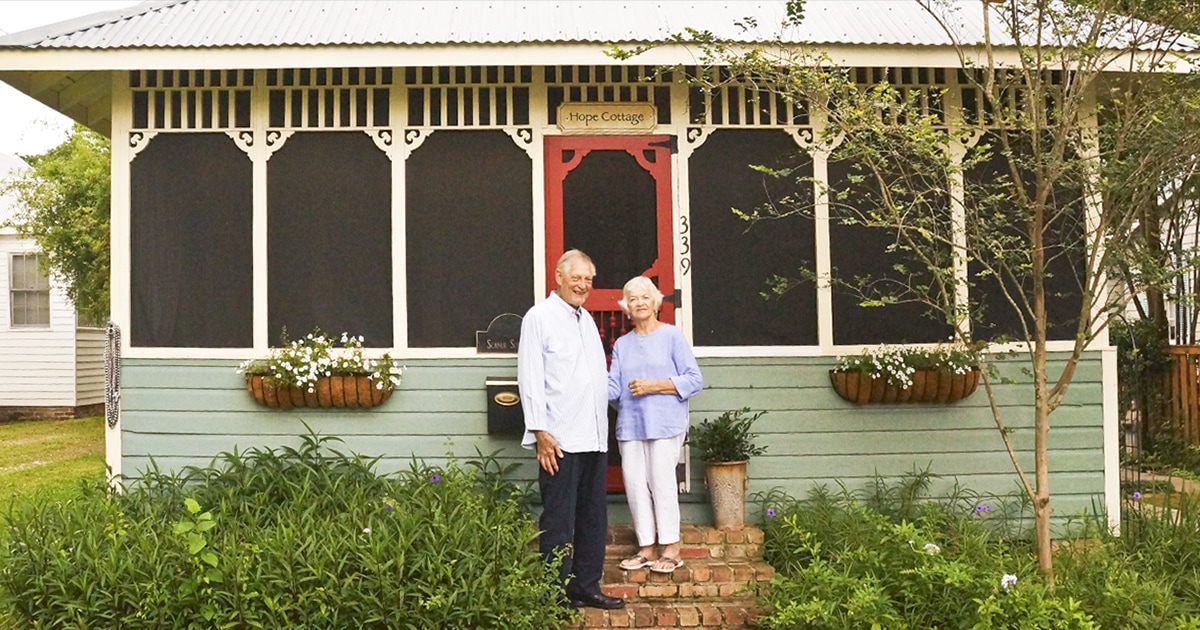
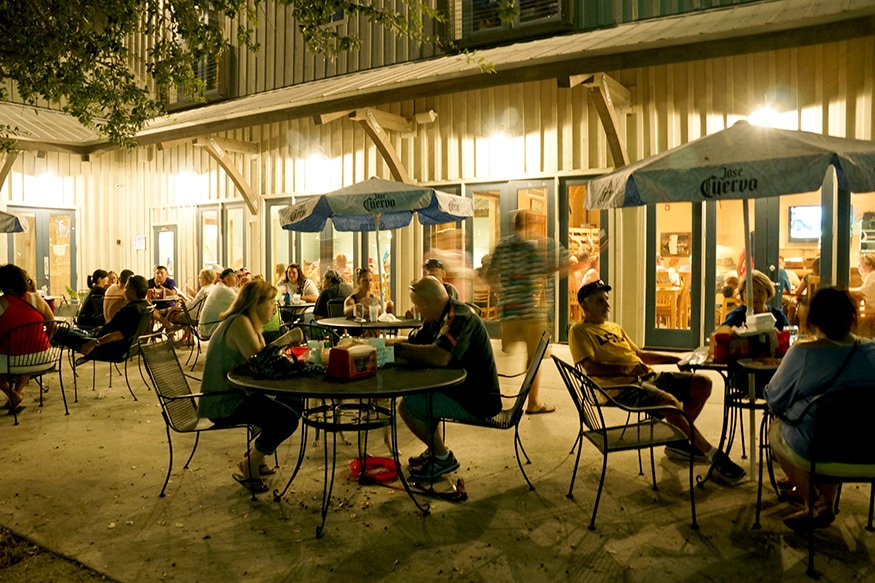
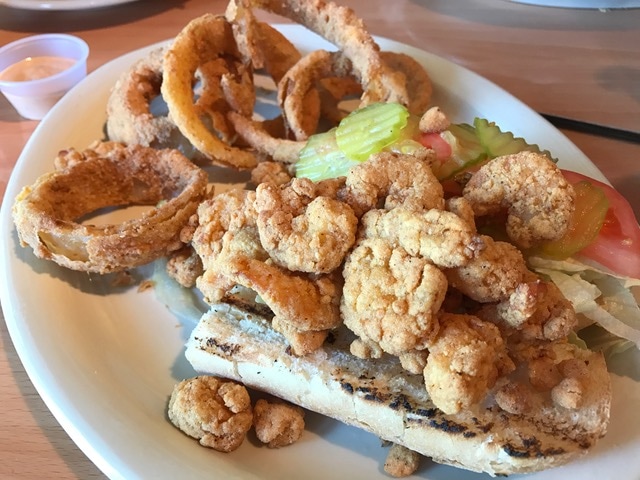
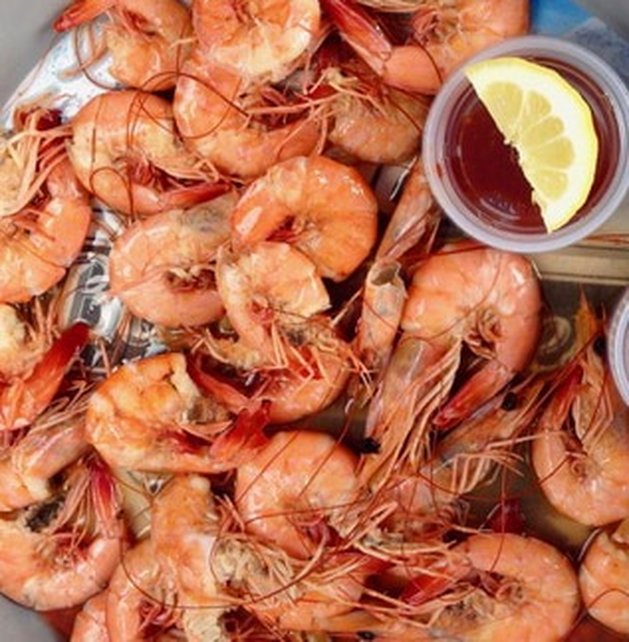
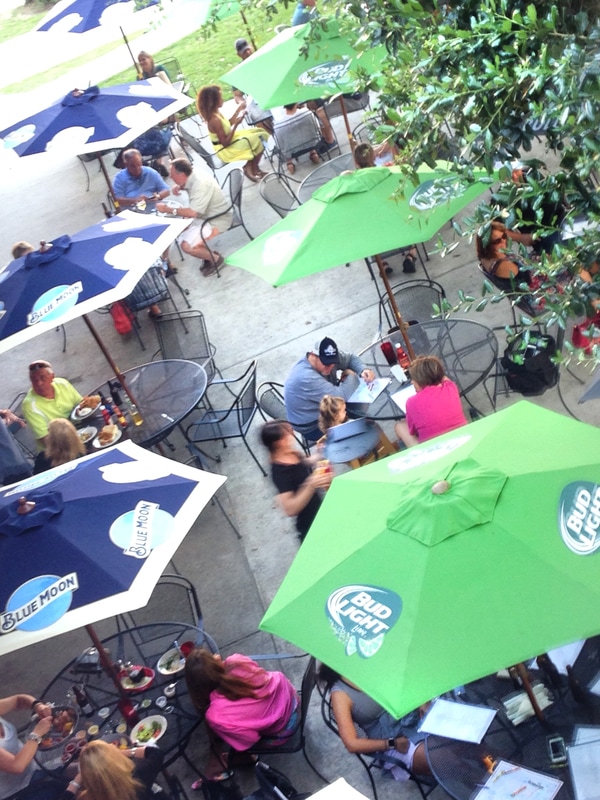
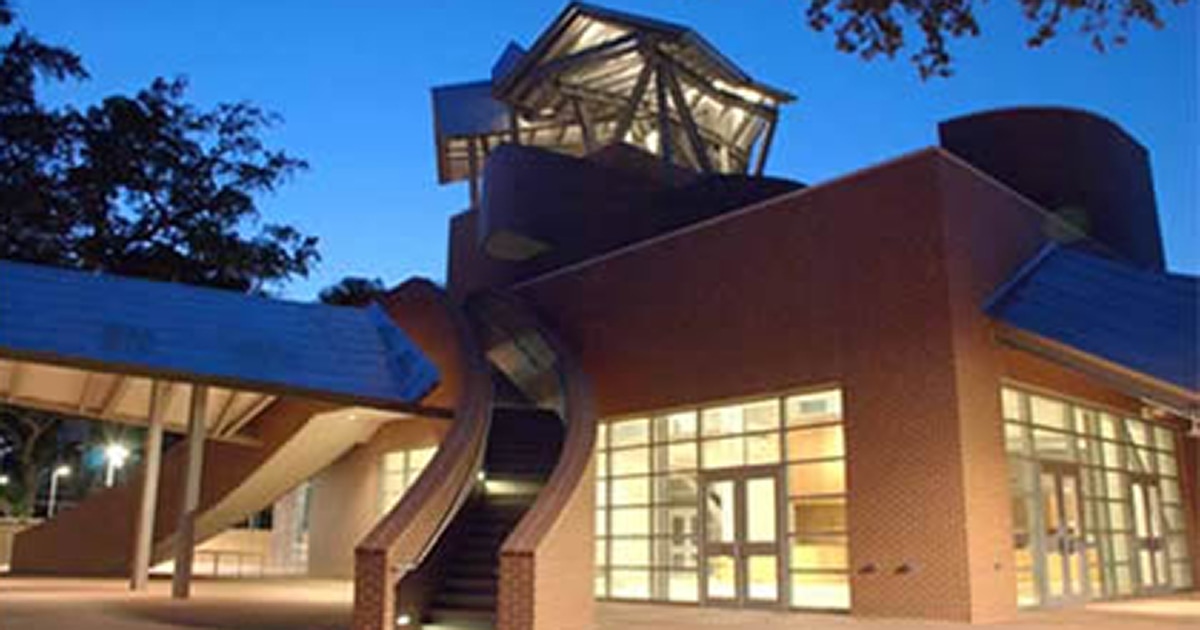

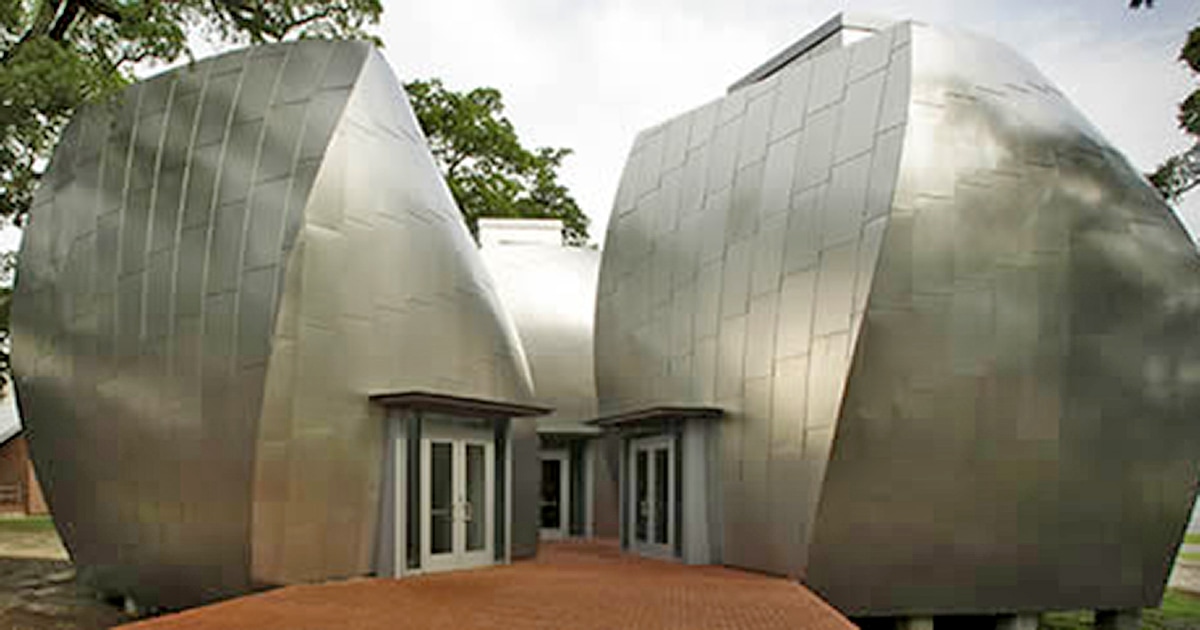
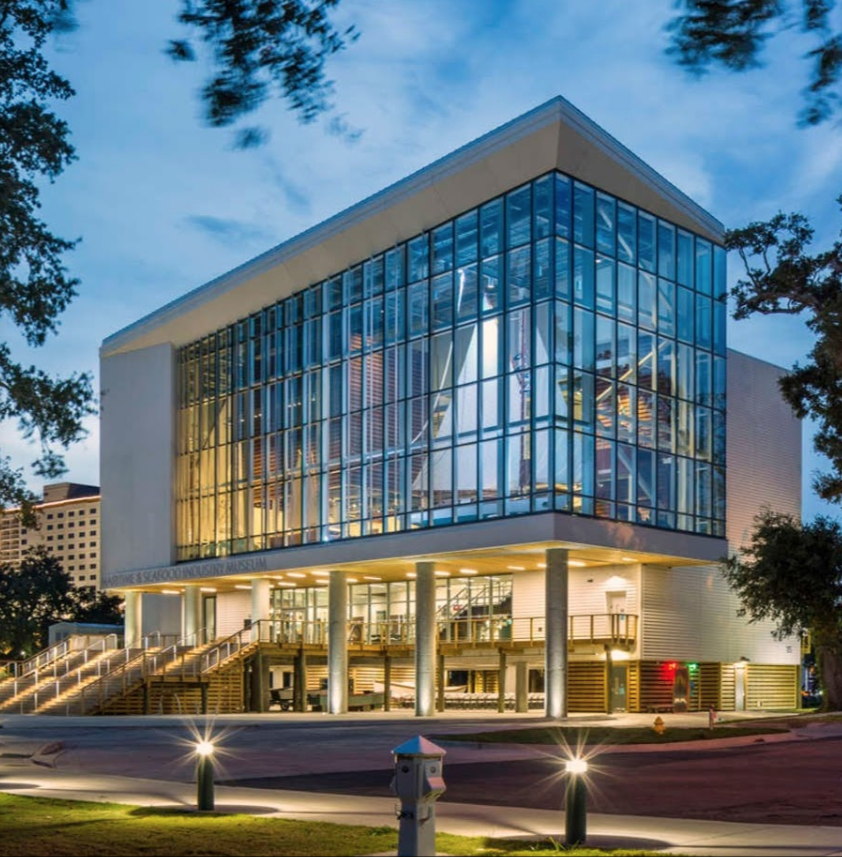


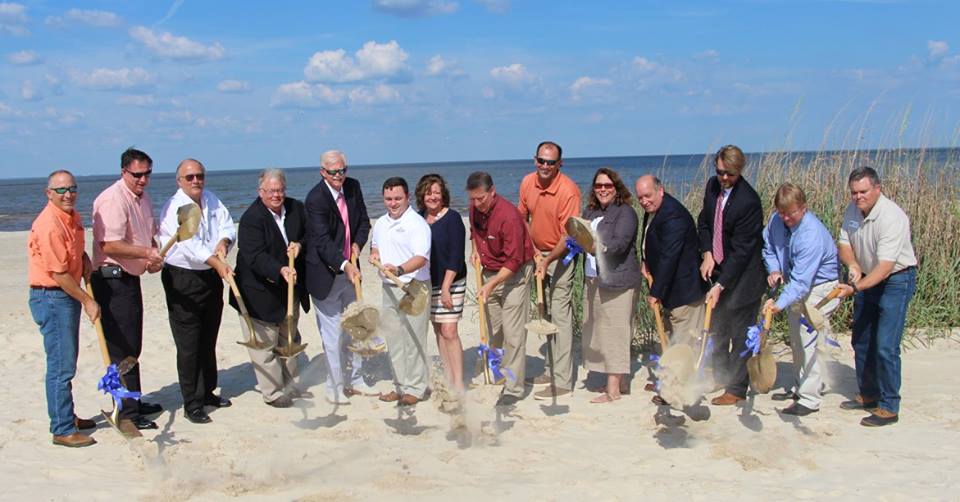

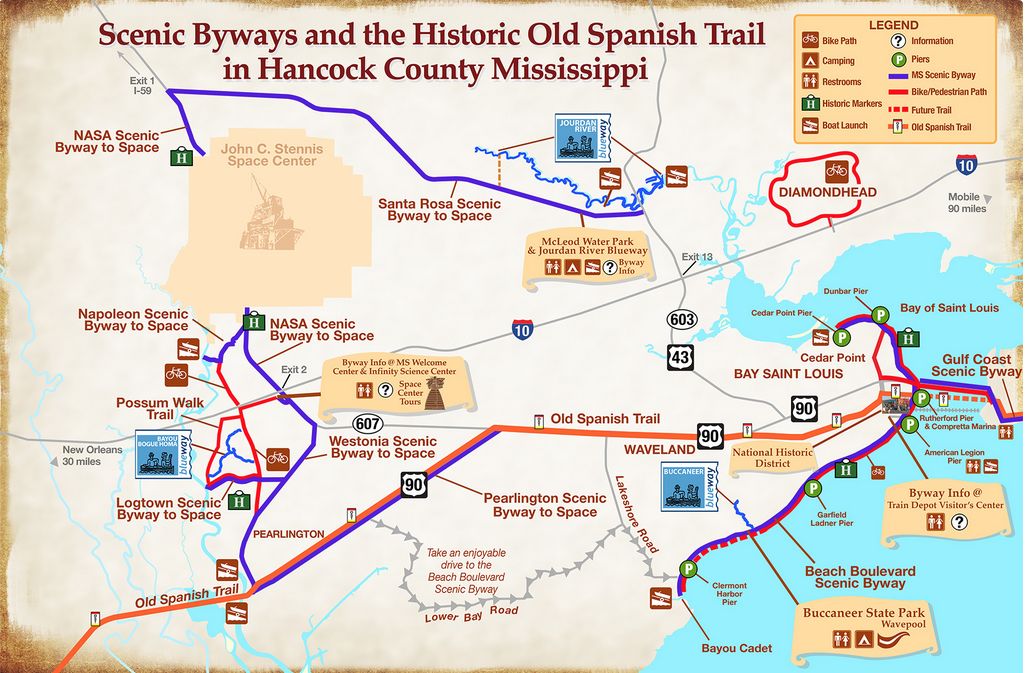
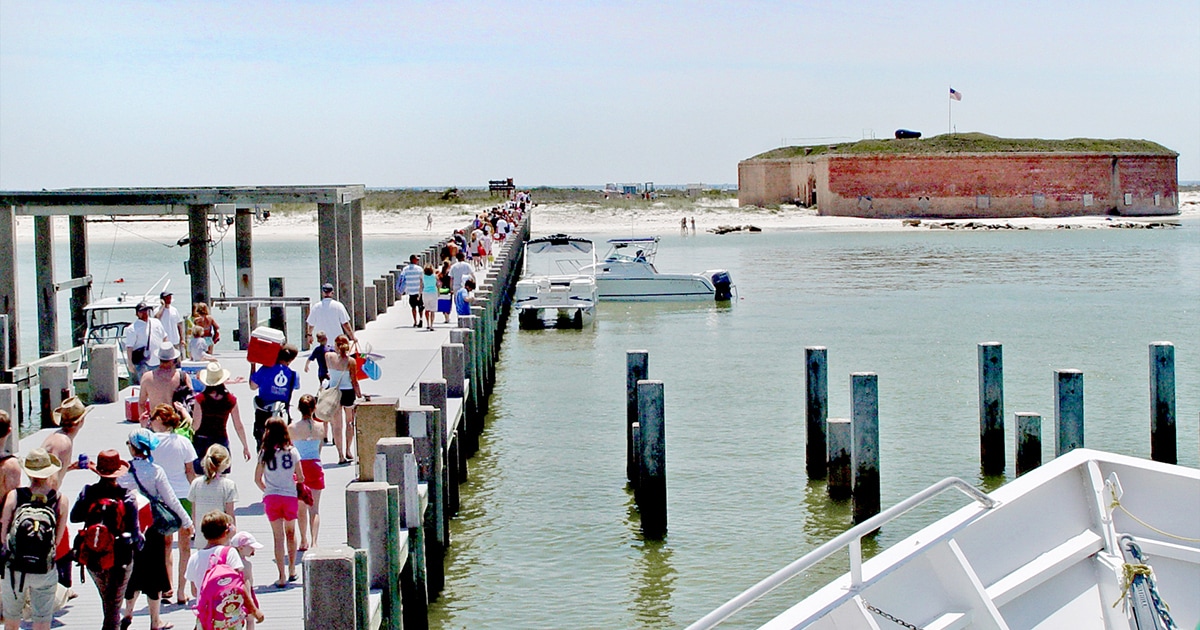
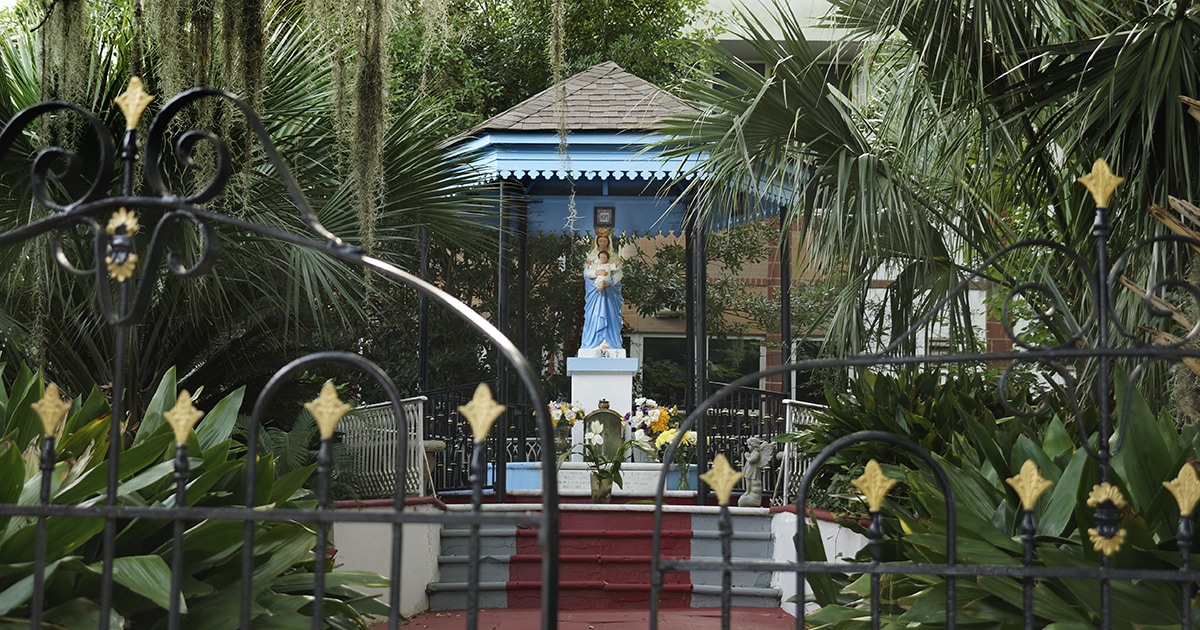

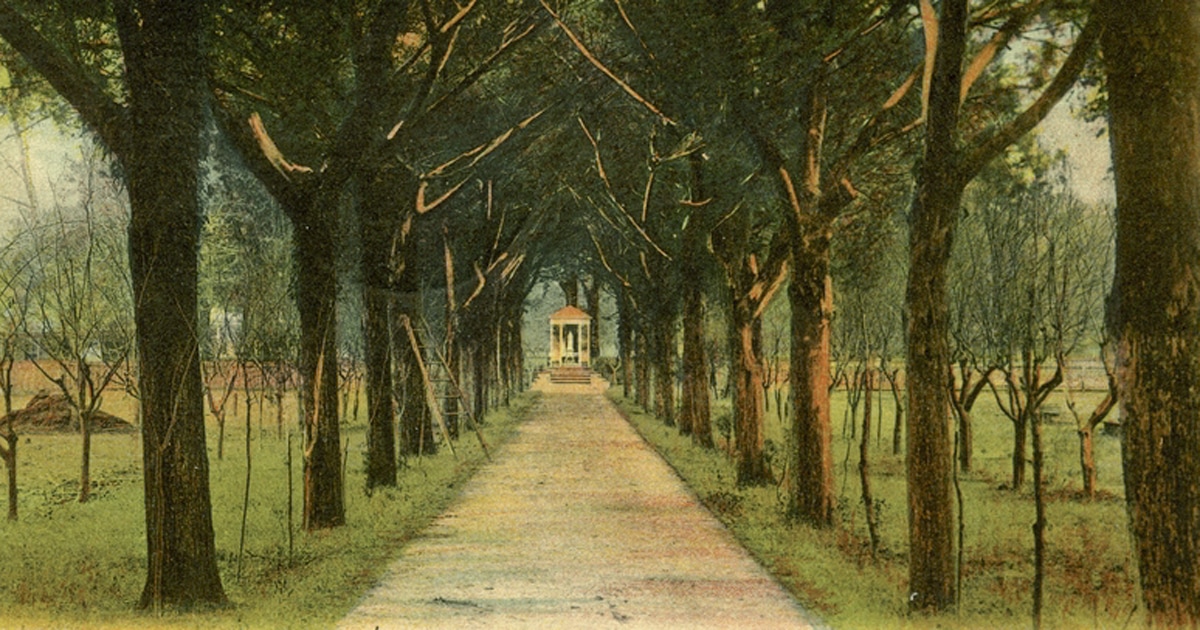
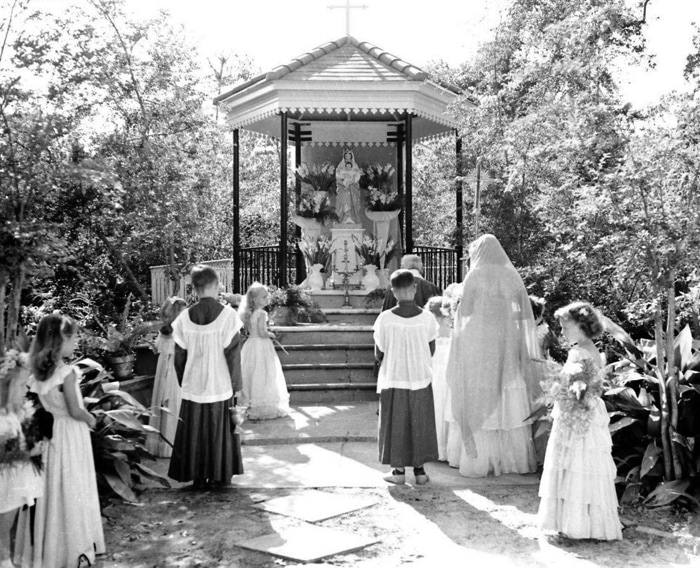
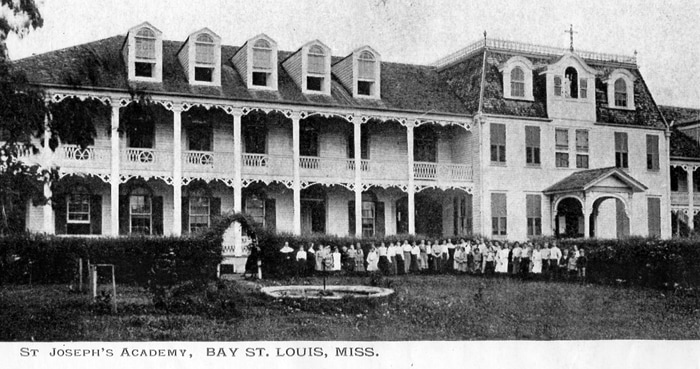
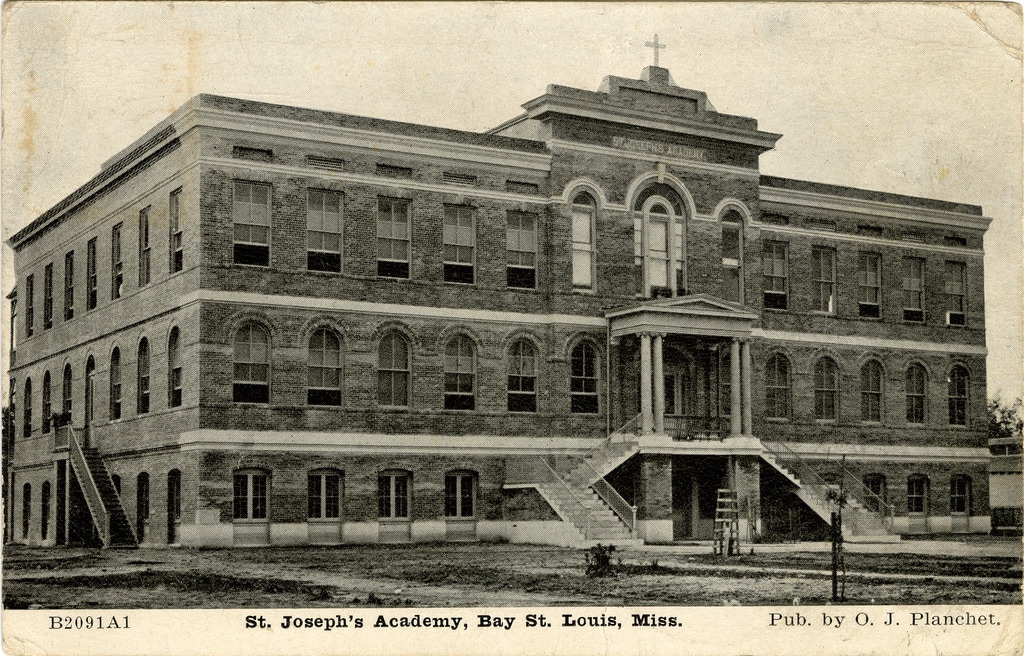
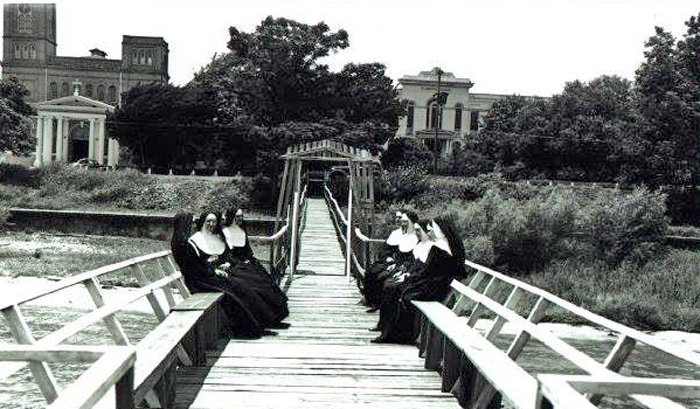
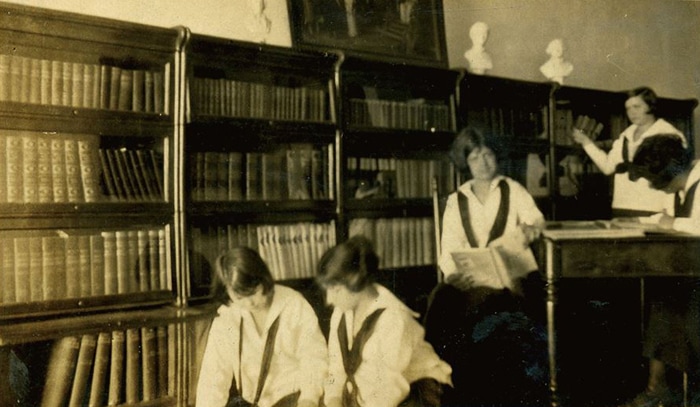
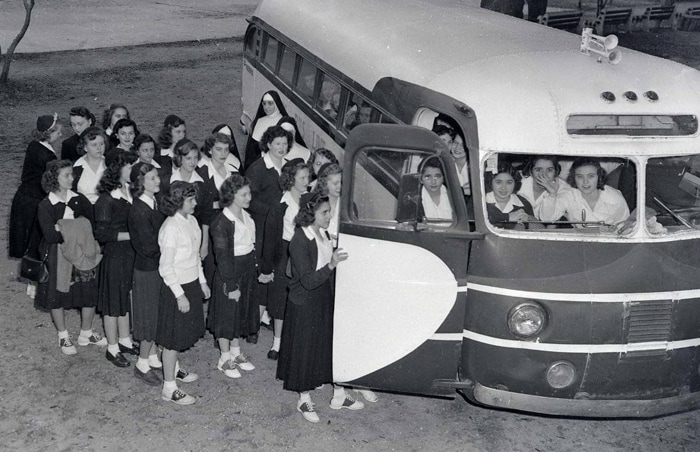
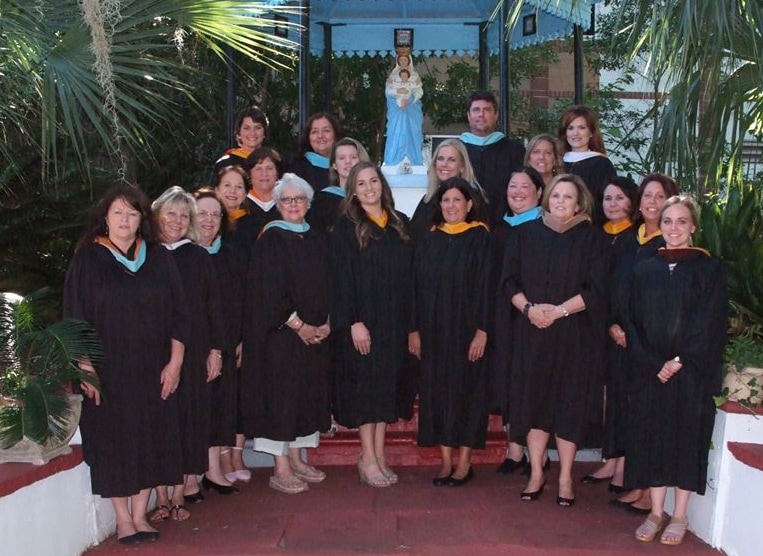
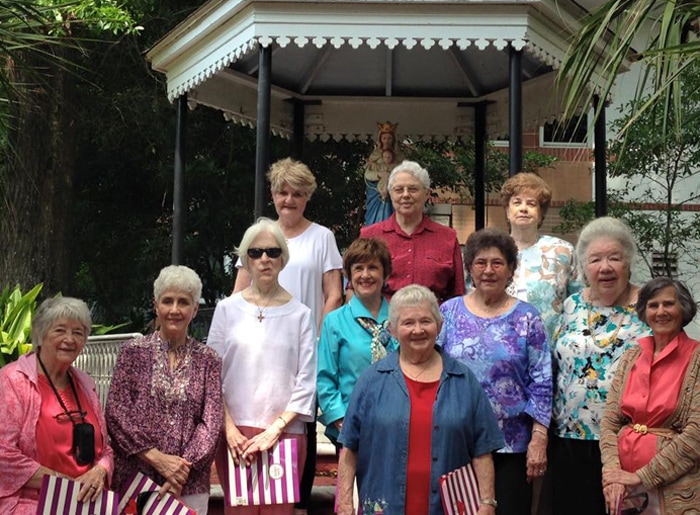
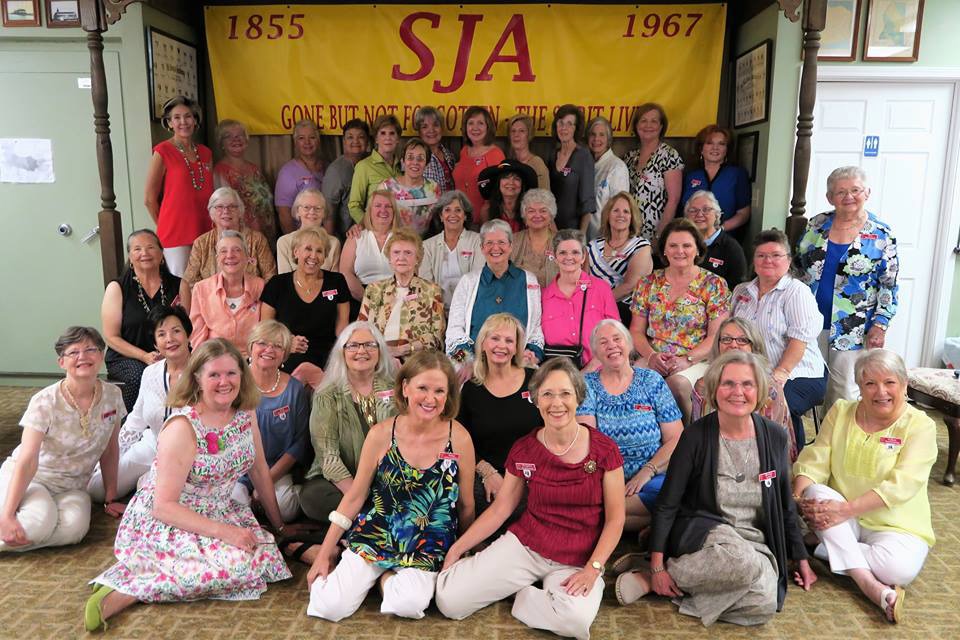
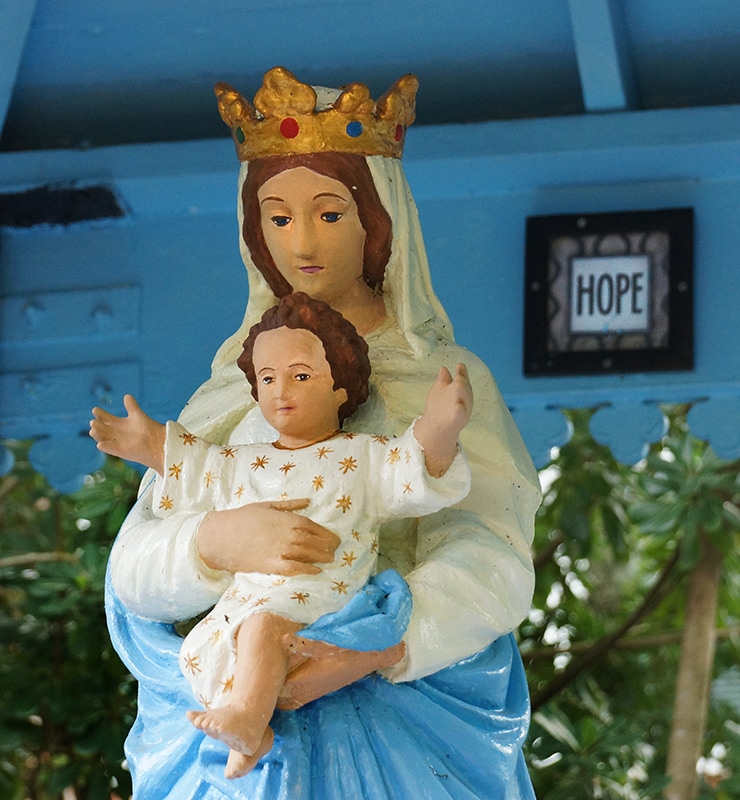
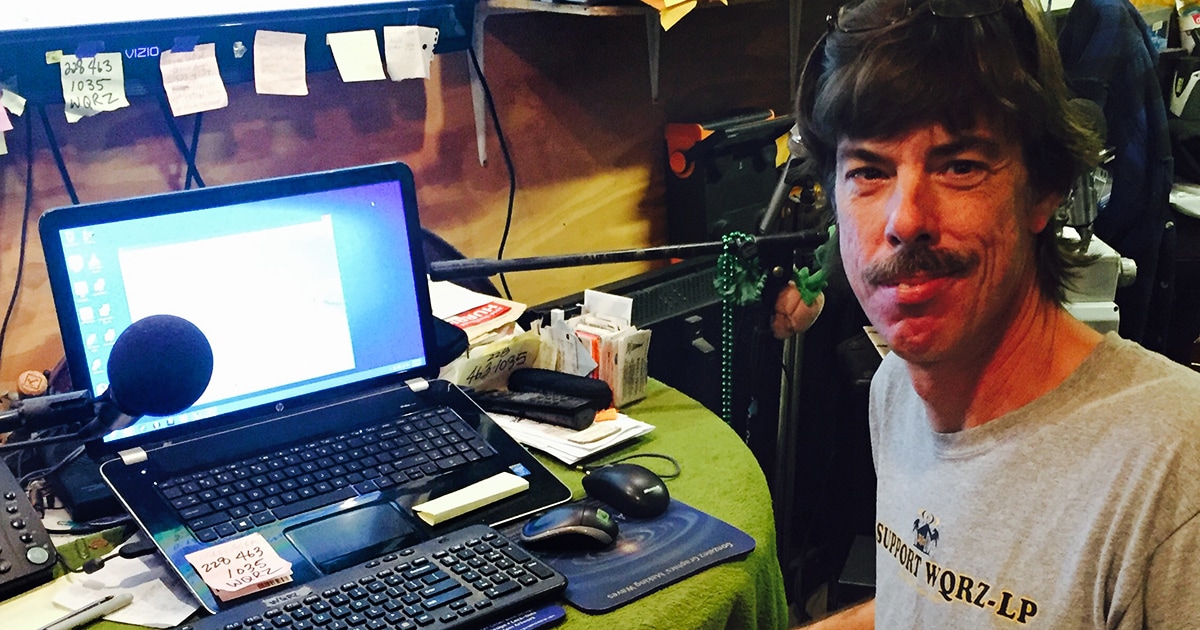


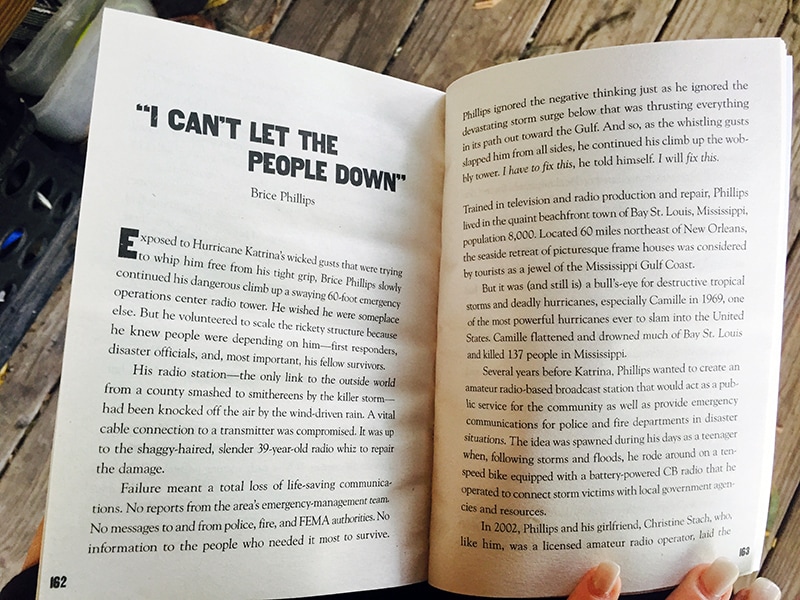

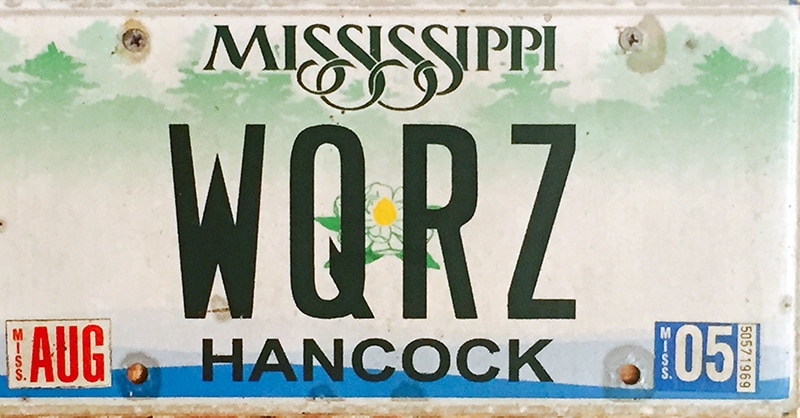






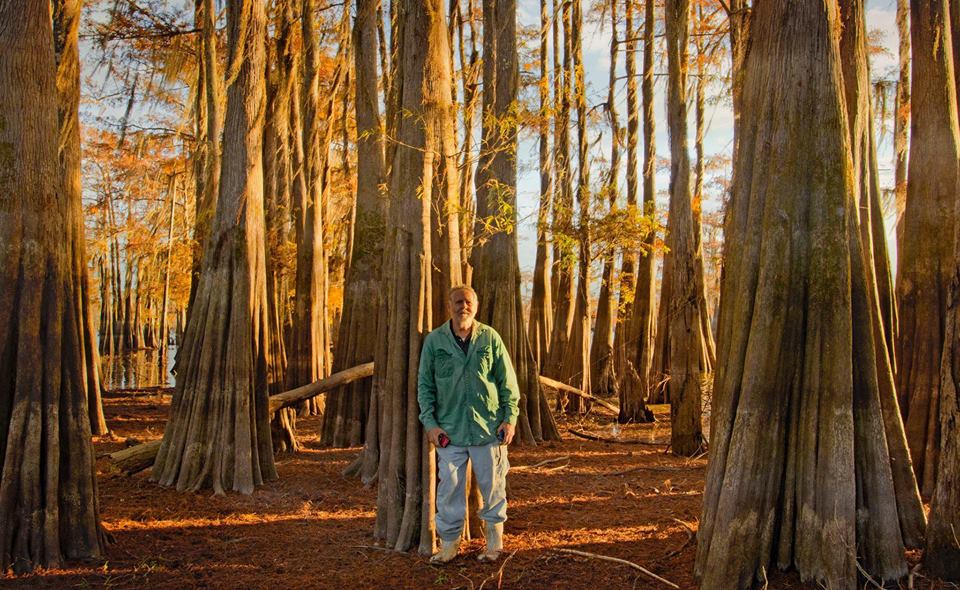

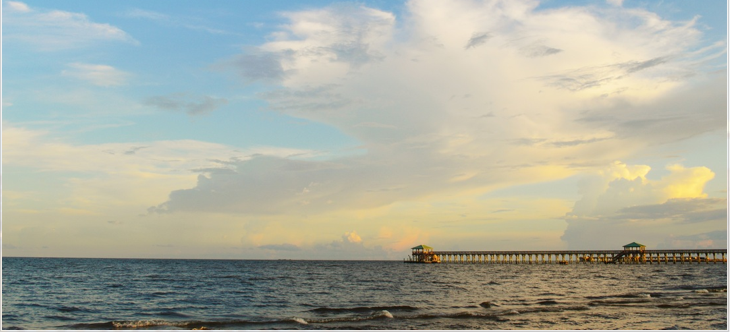




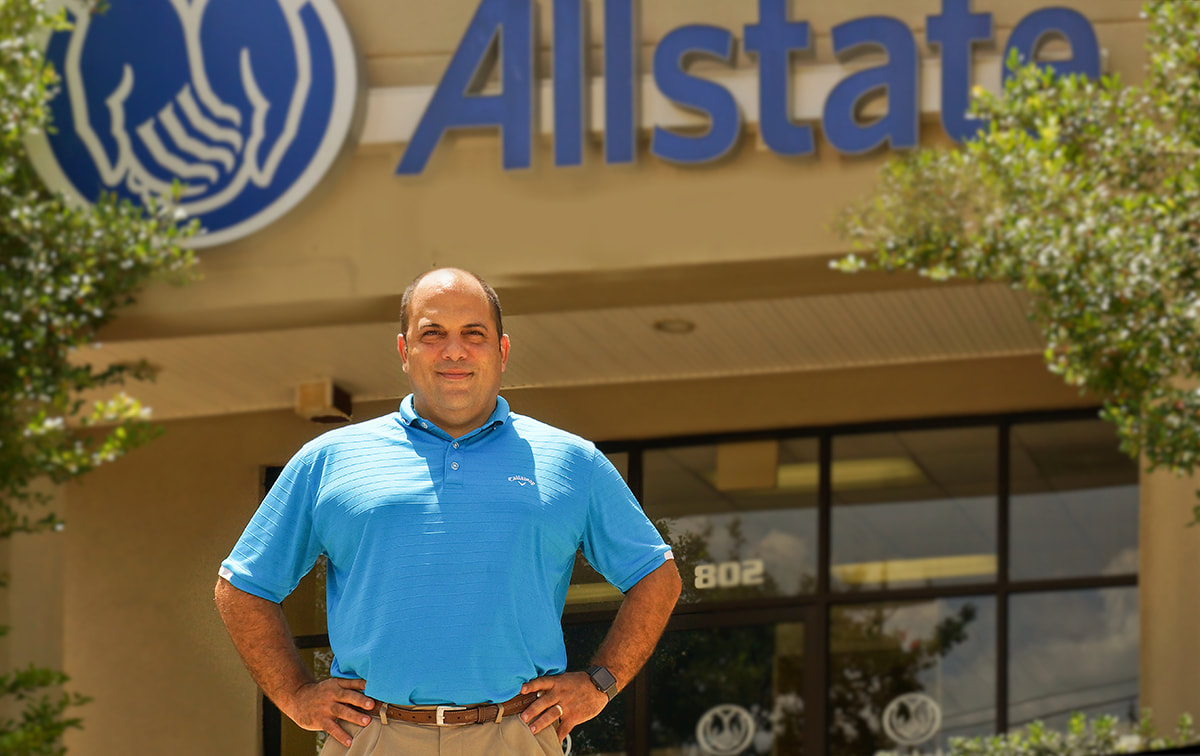
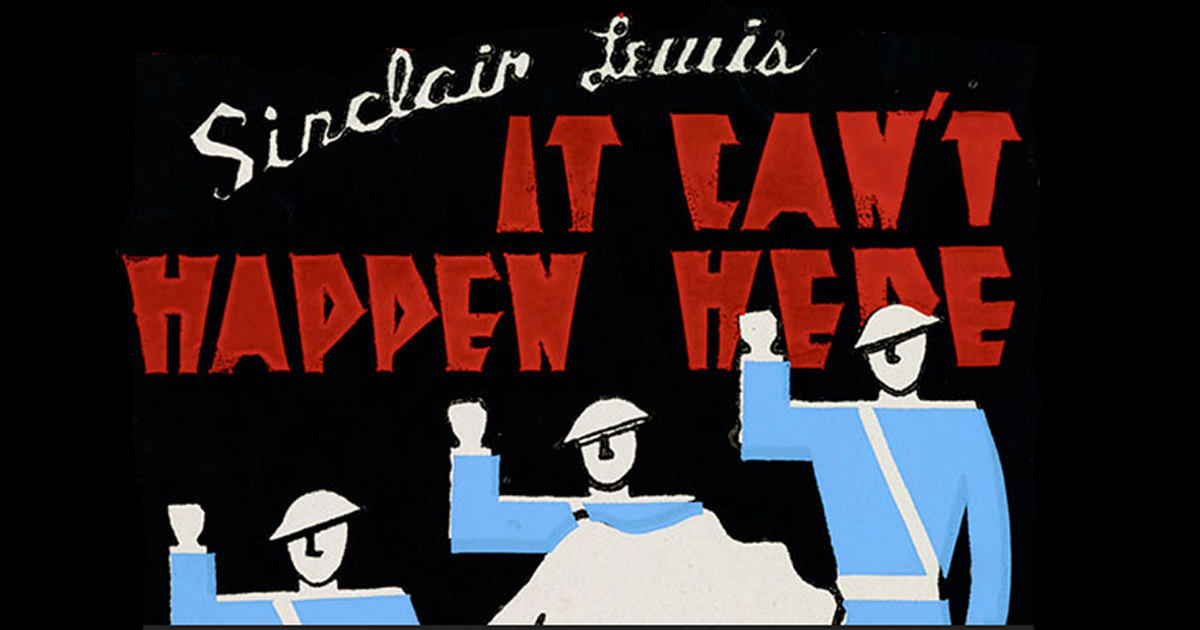

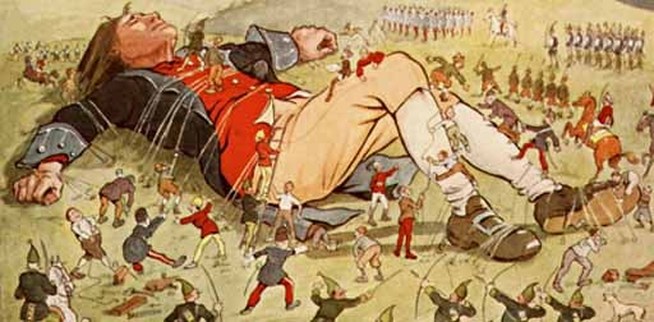
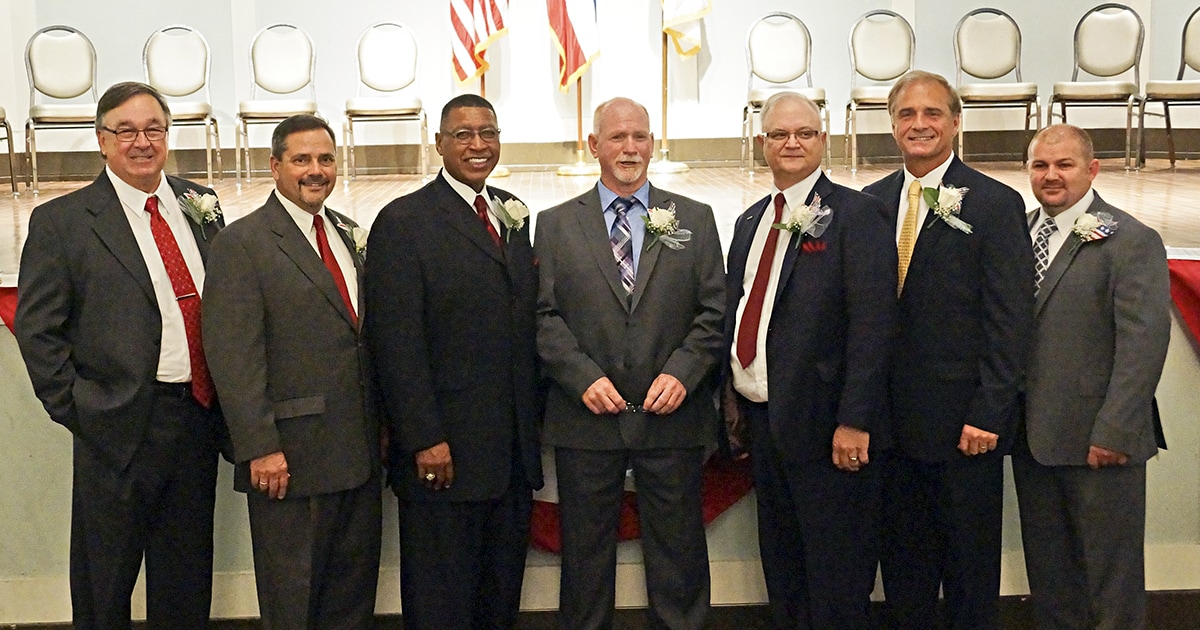

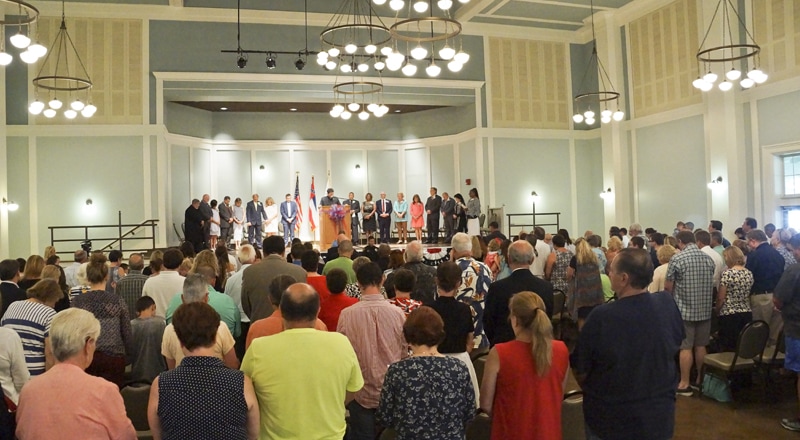
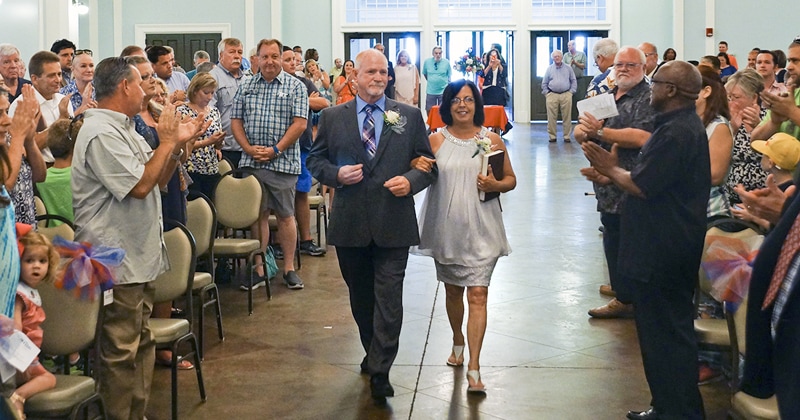
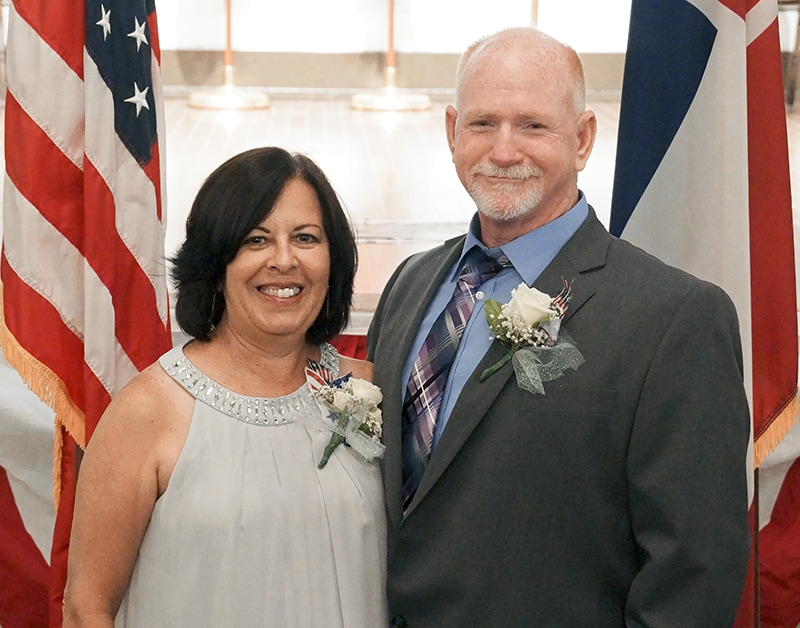
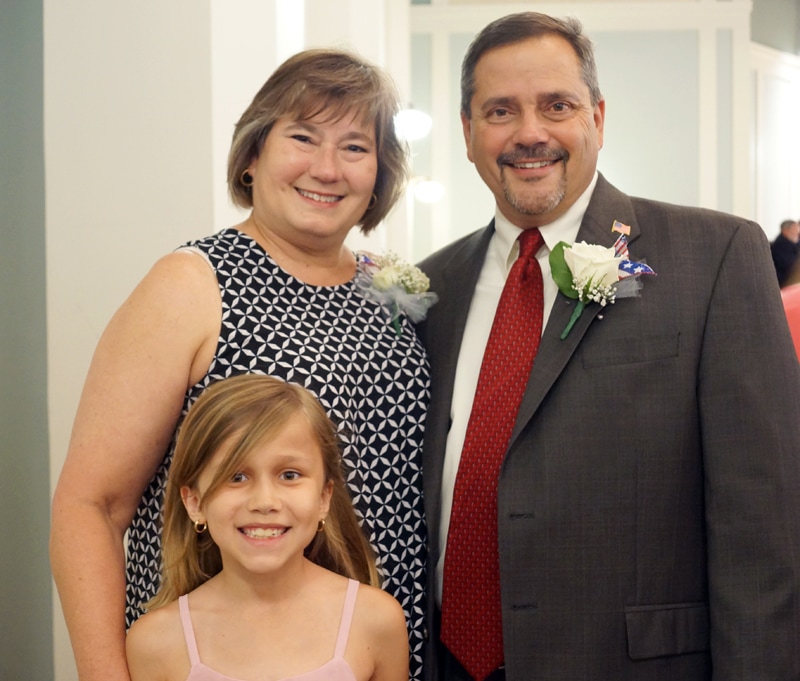
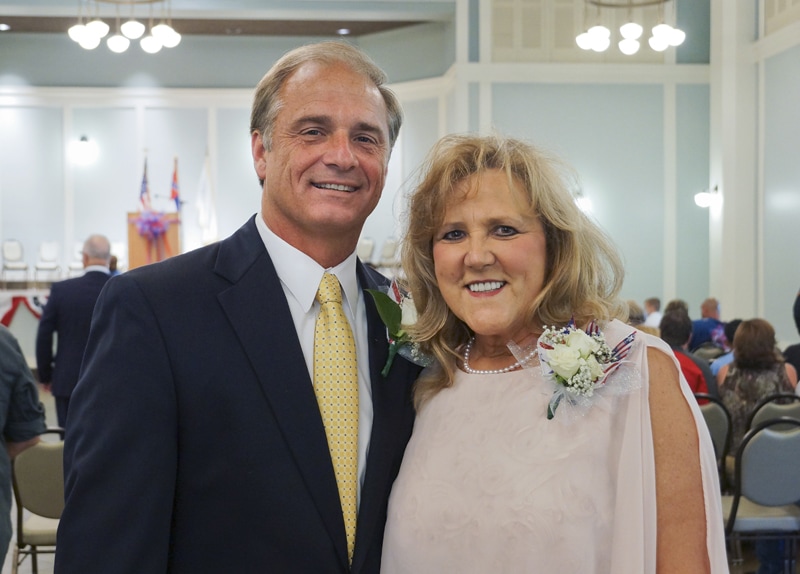
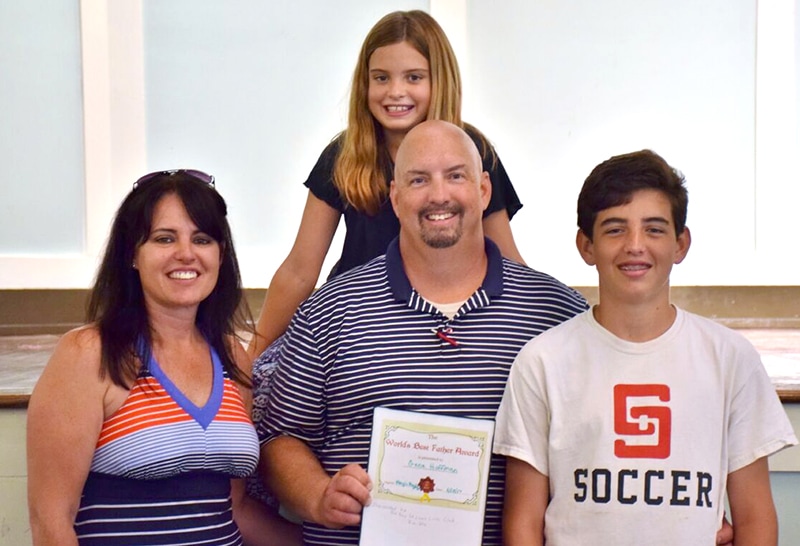

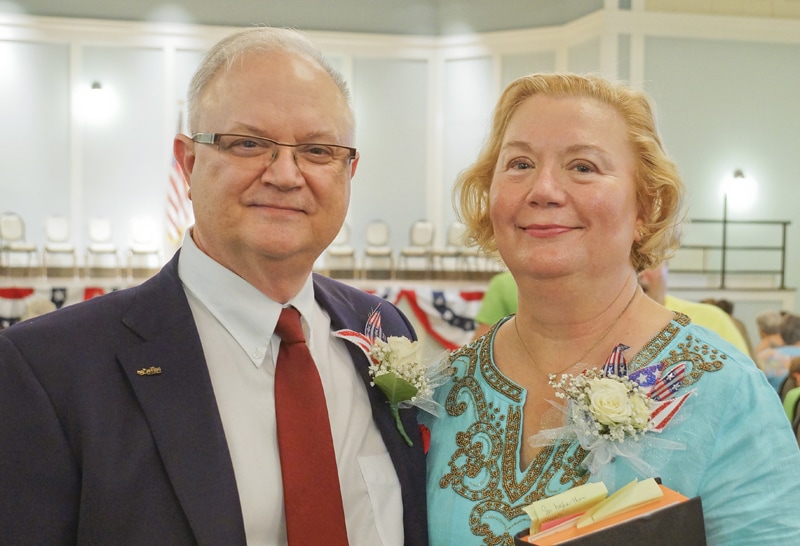
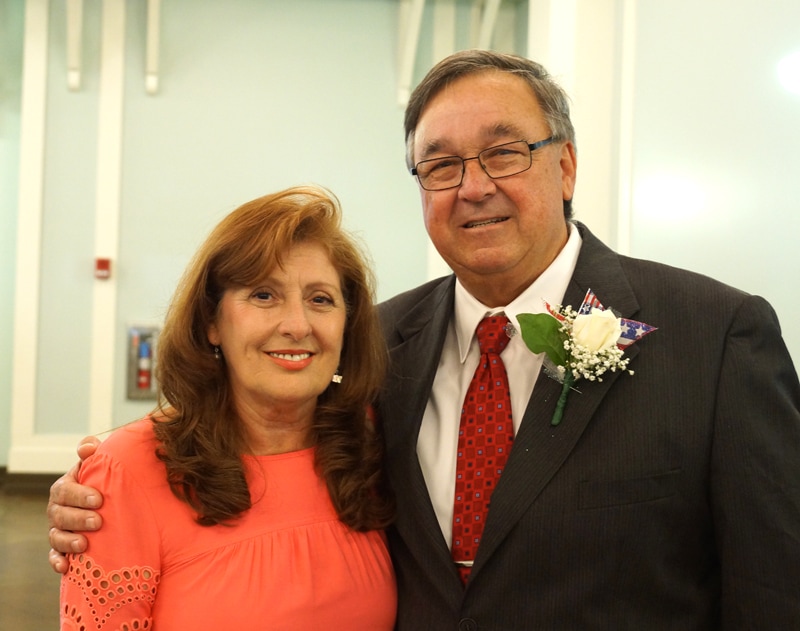
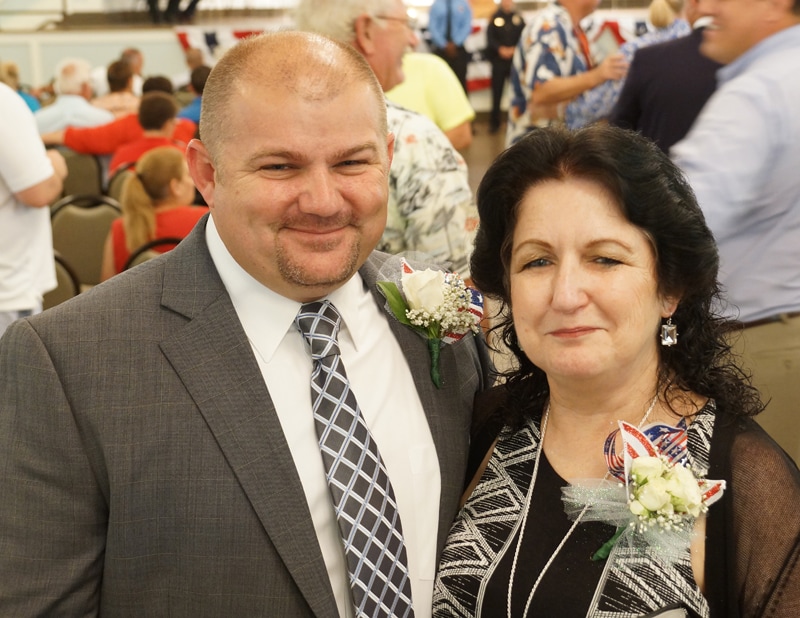
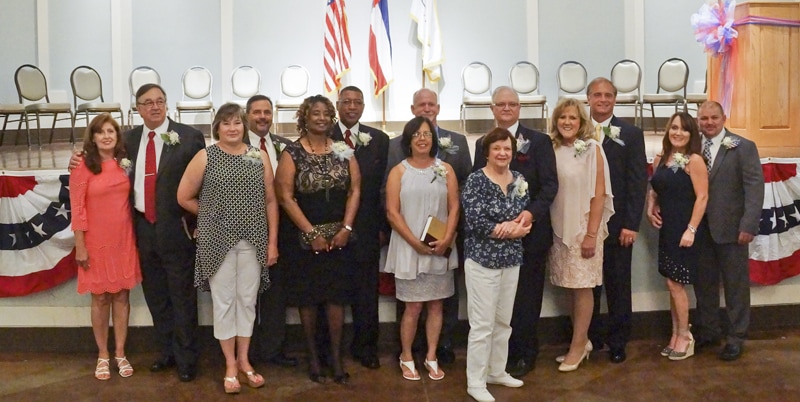
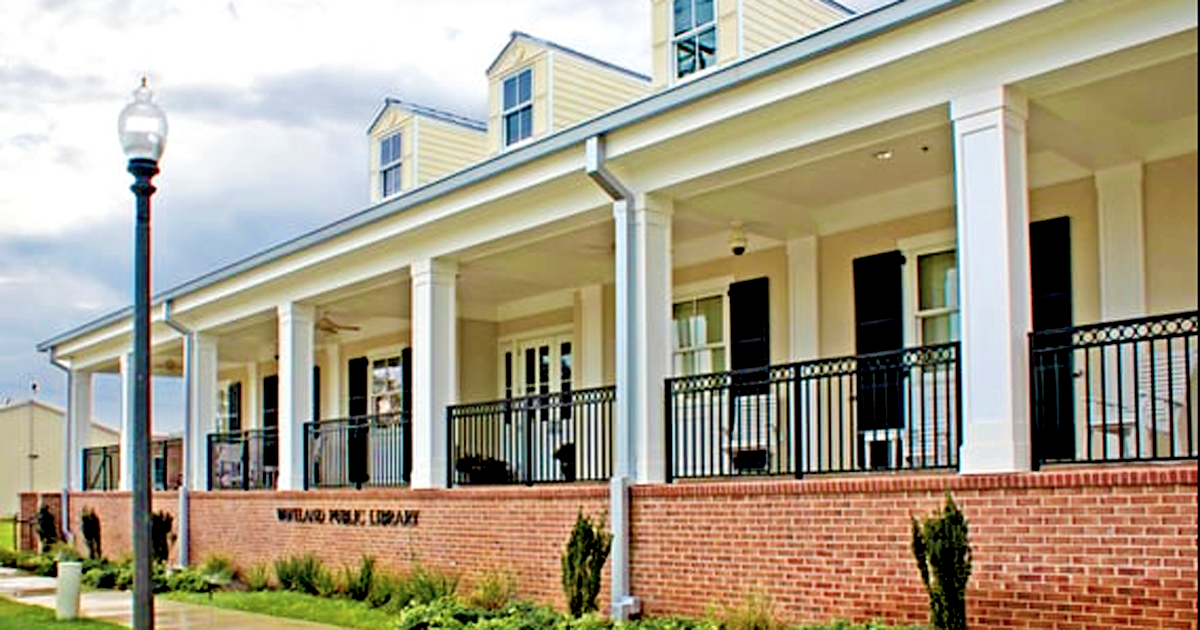

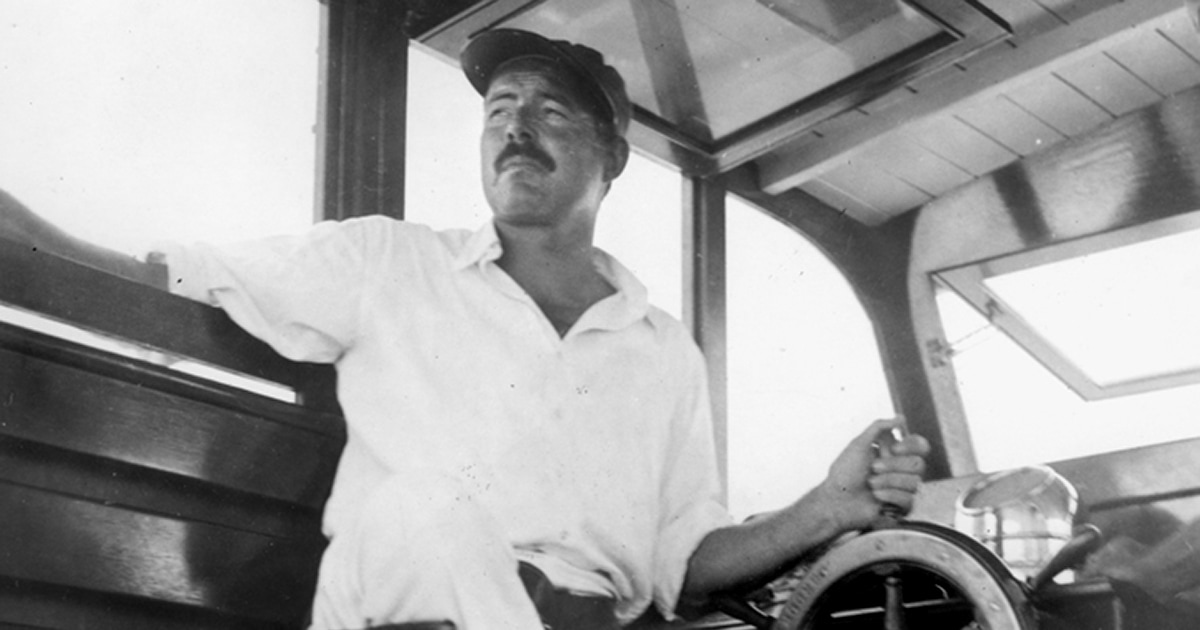

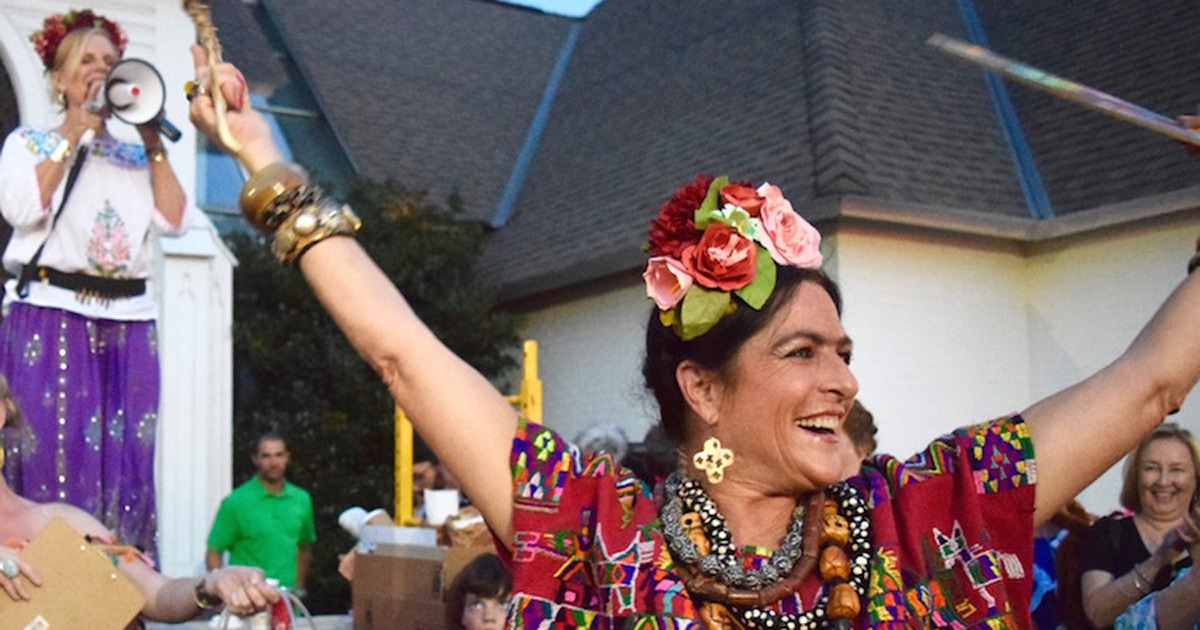


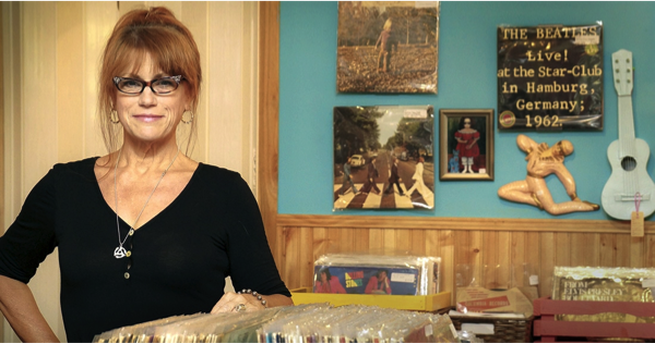

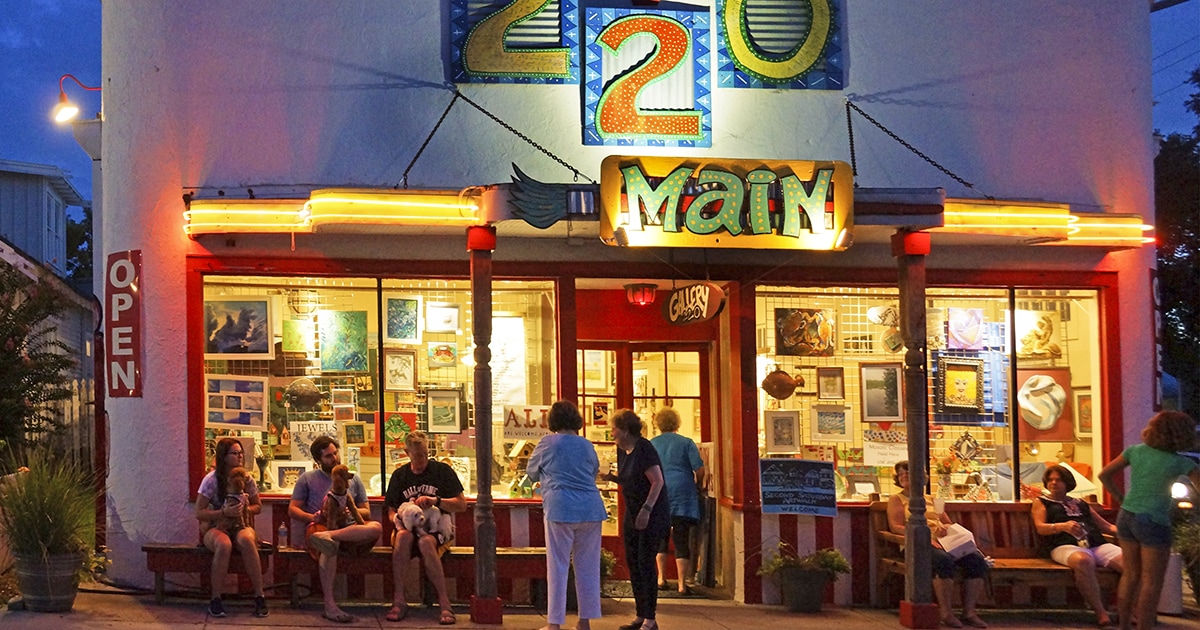
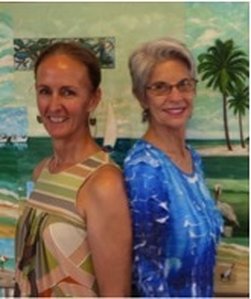































 RSS Feed
RSS Feed























